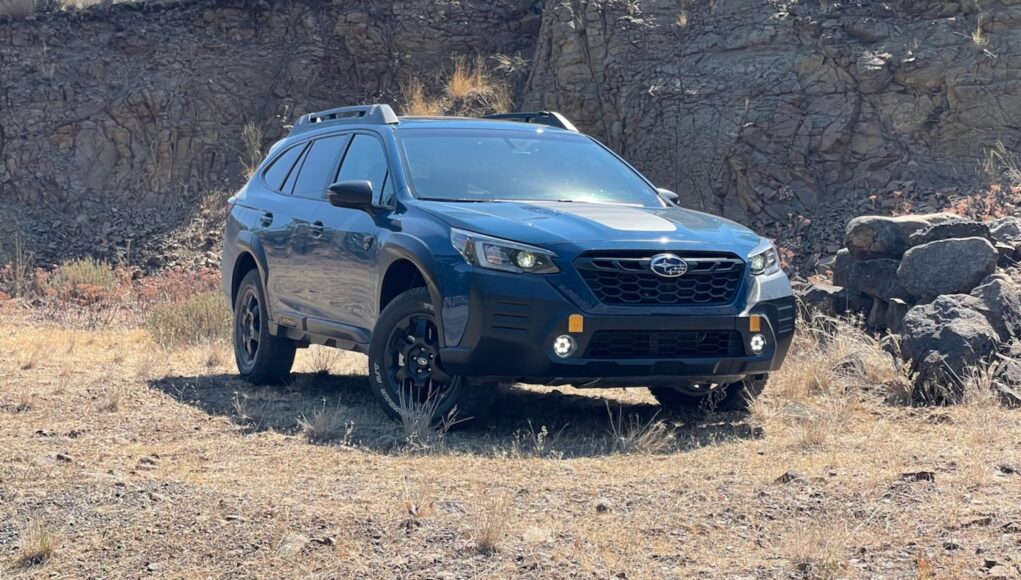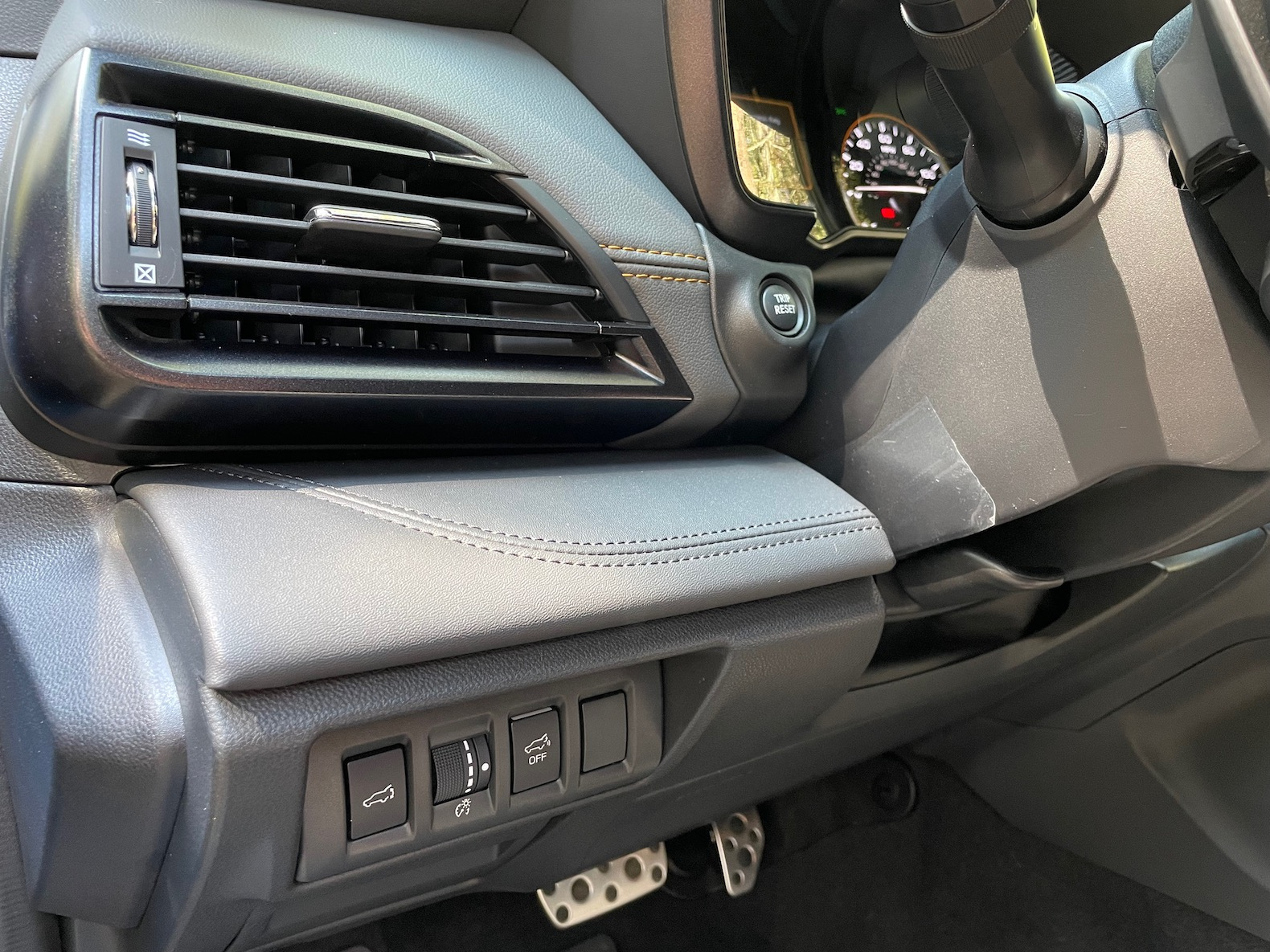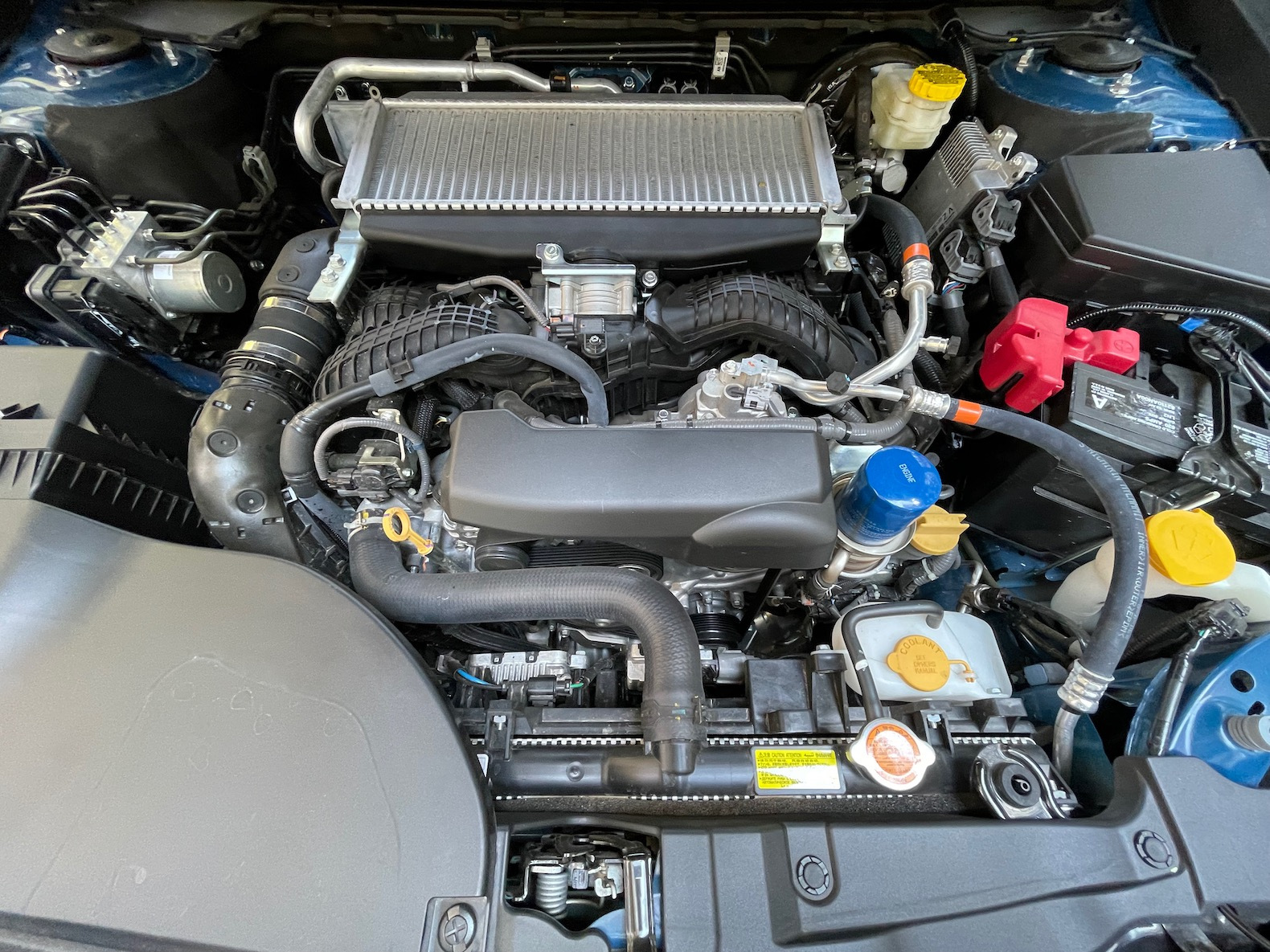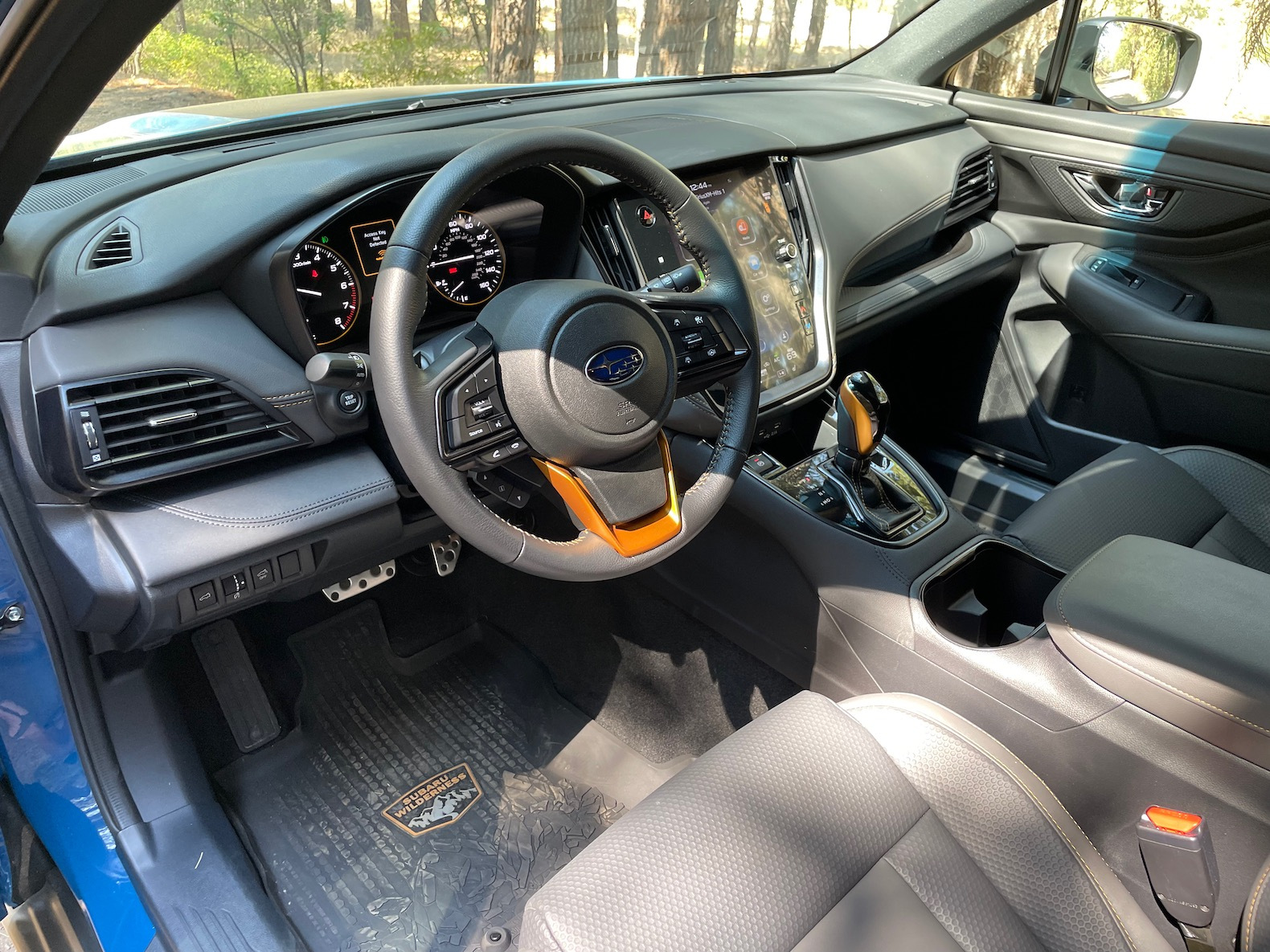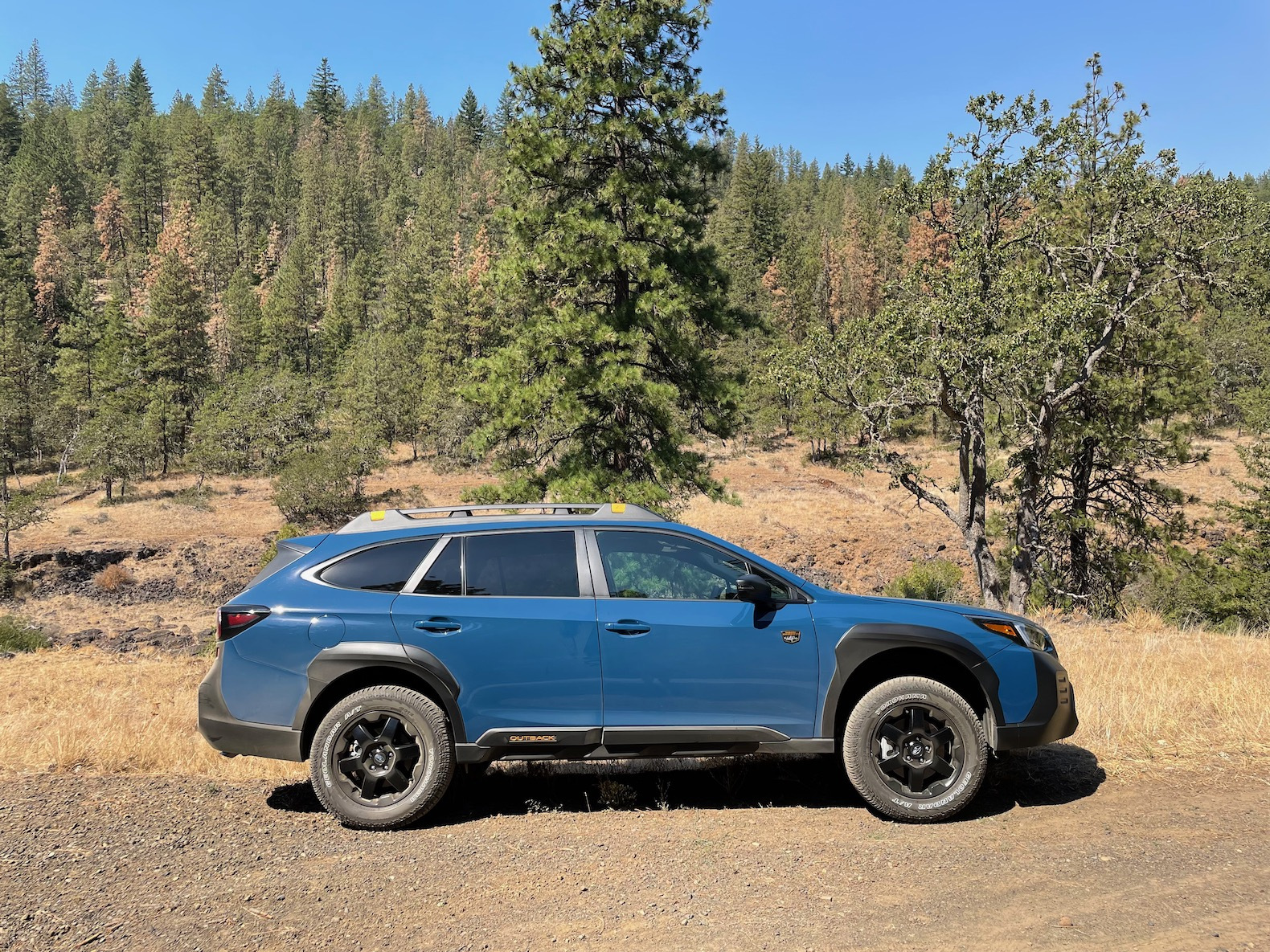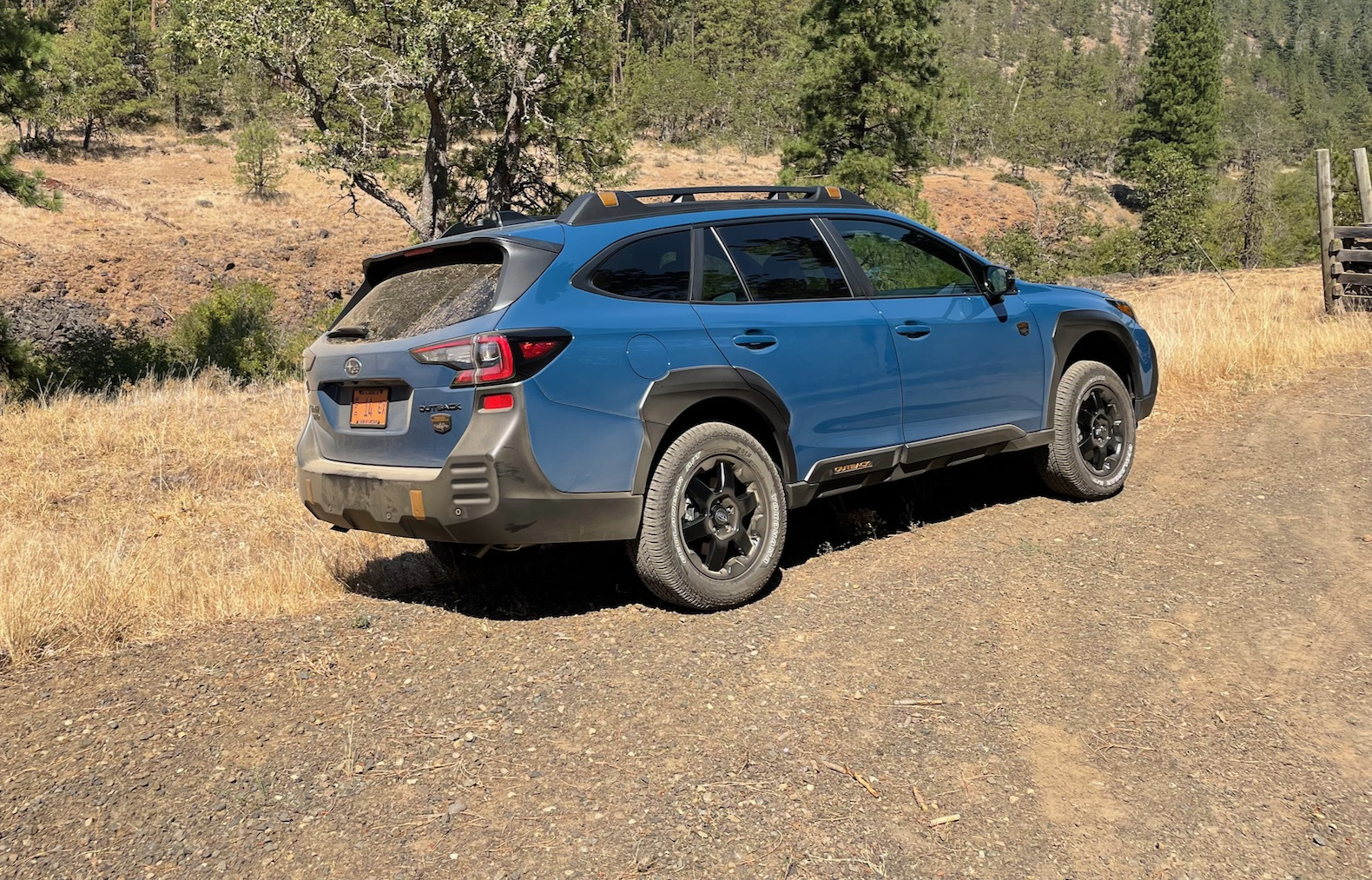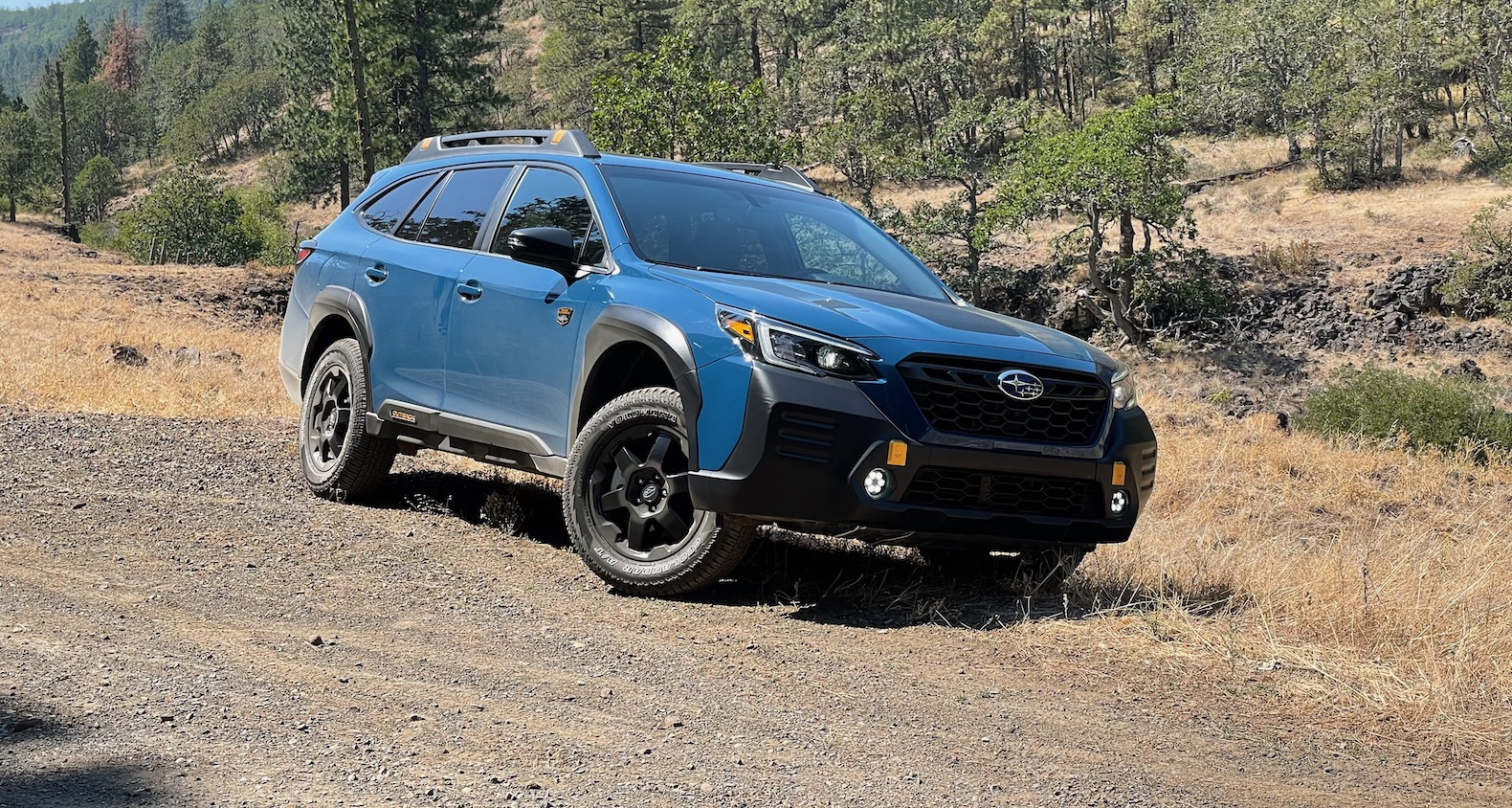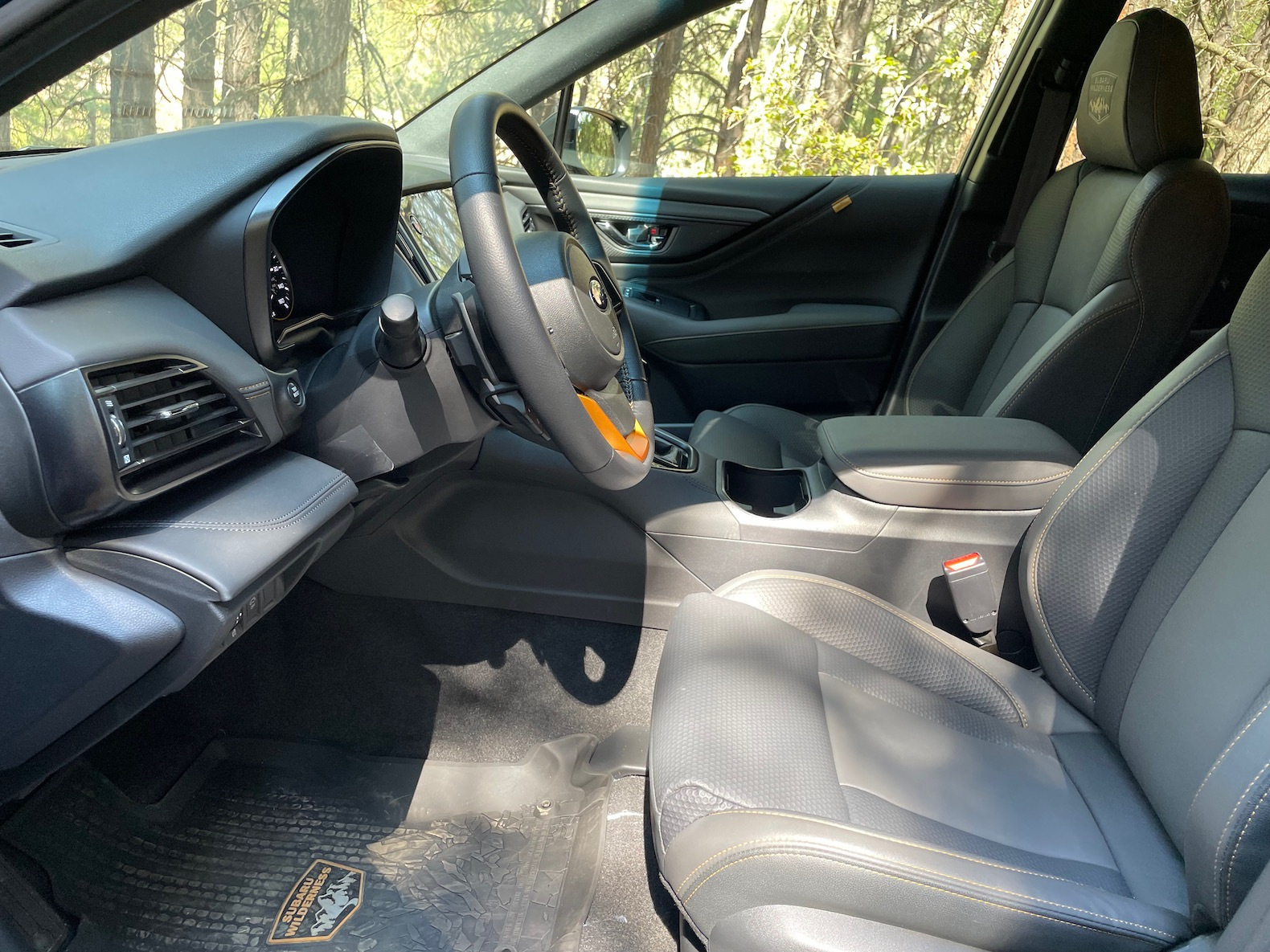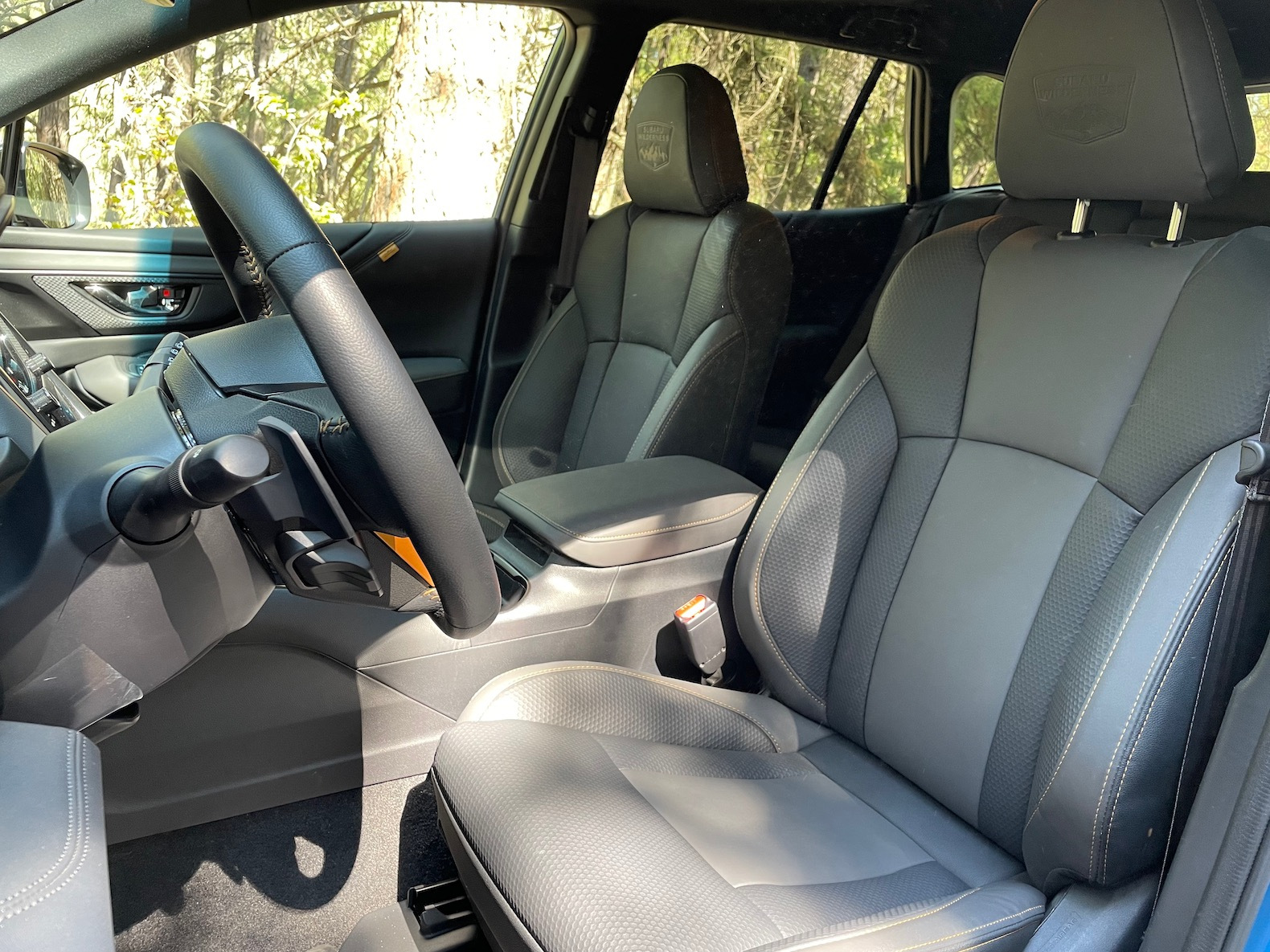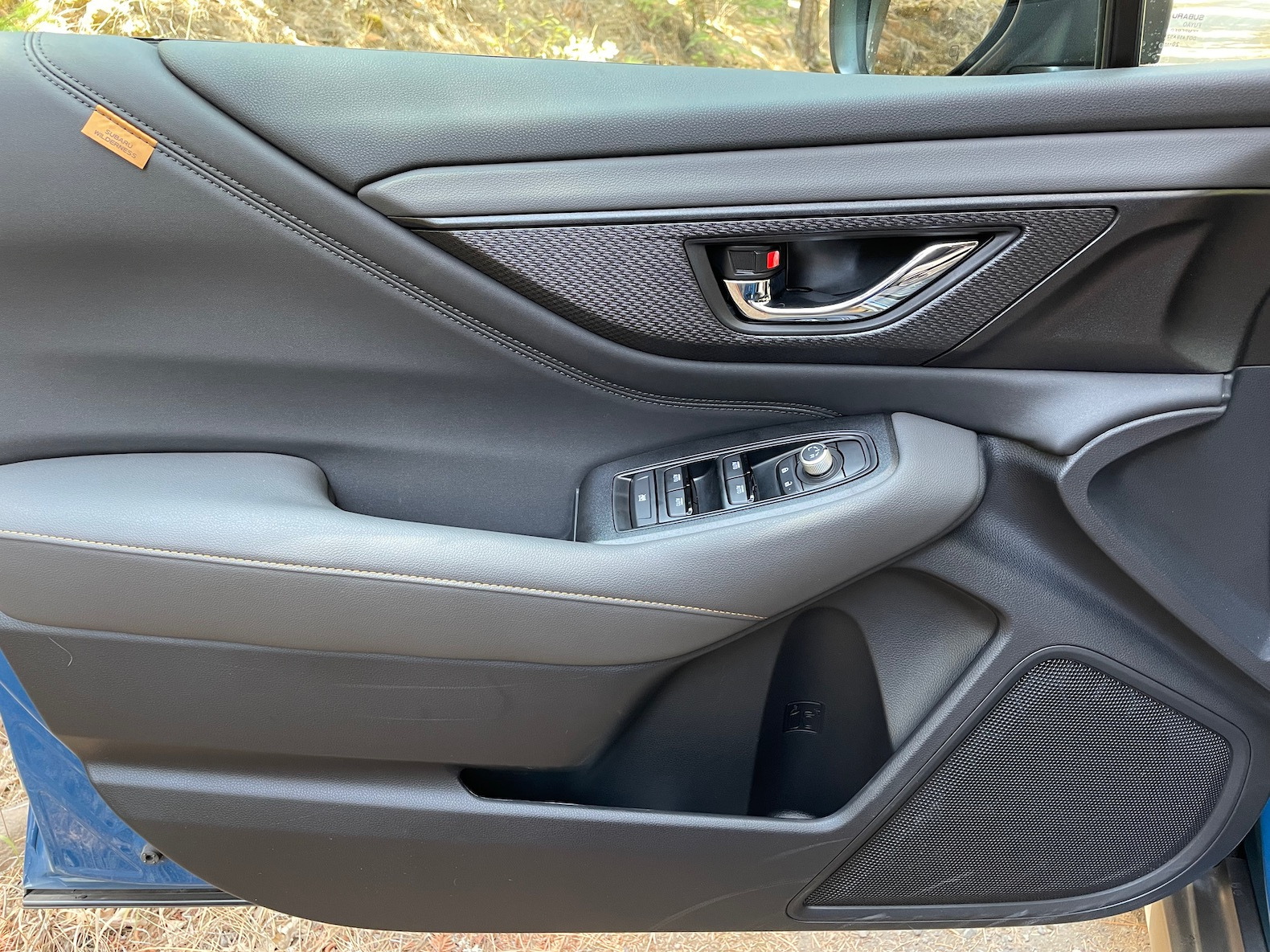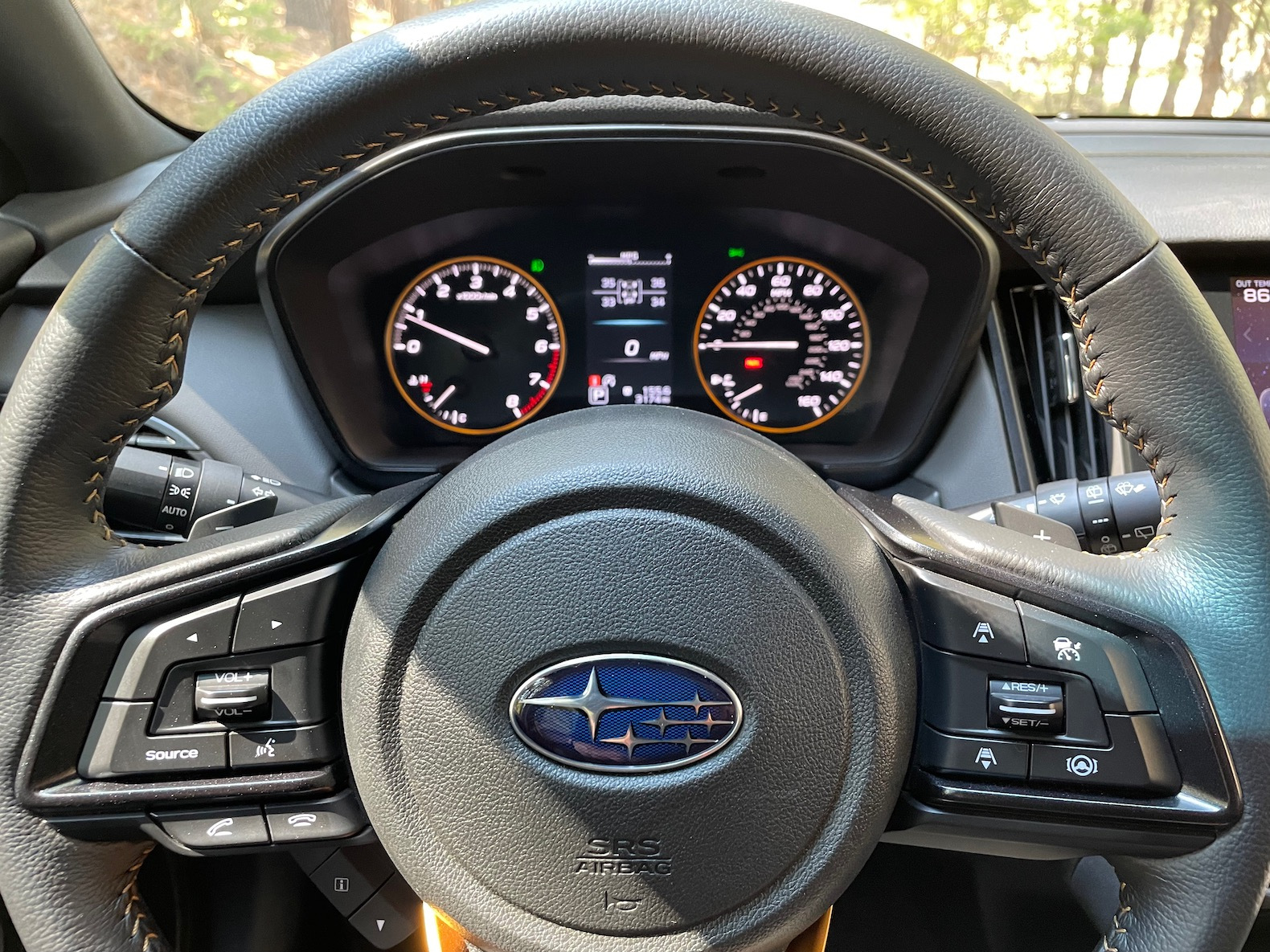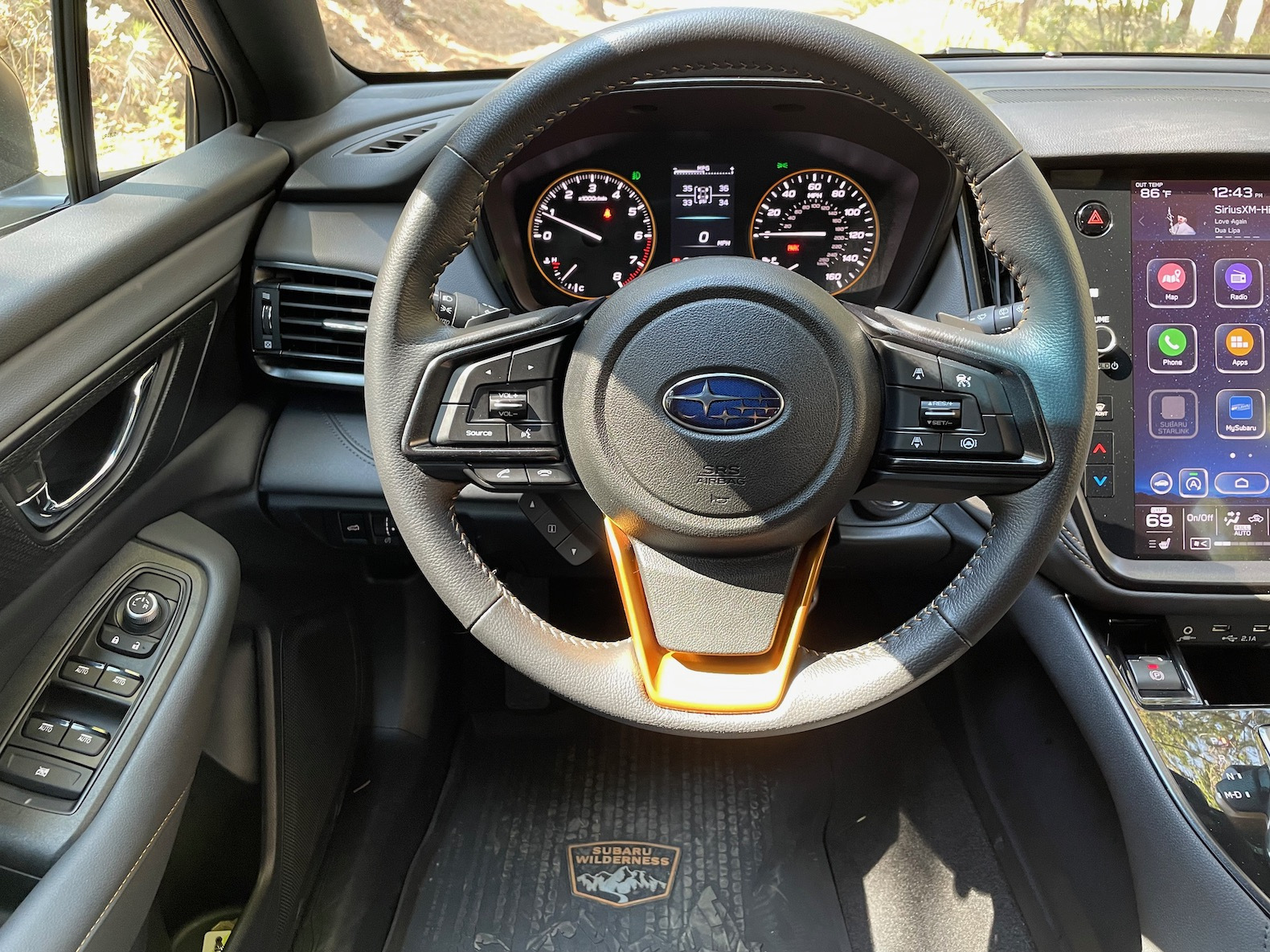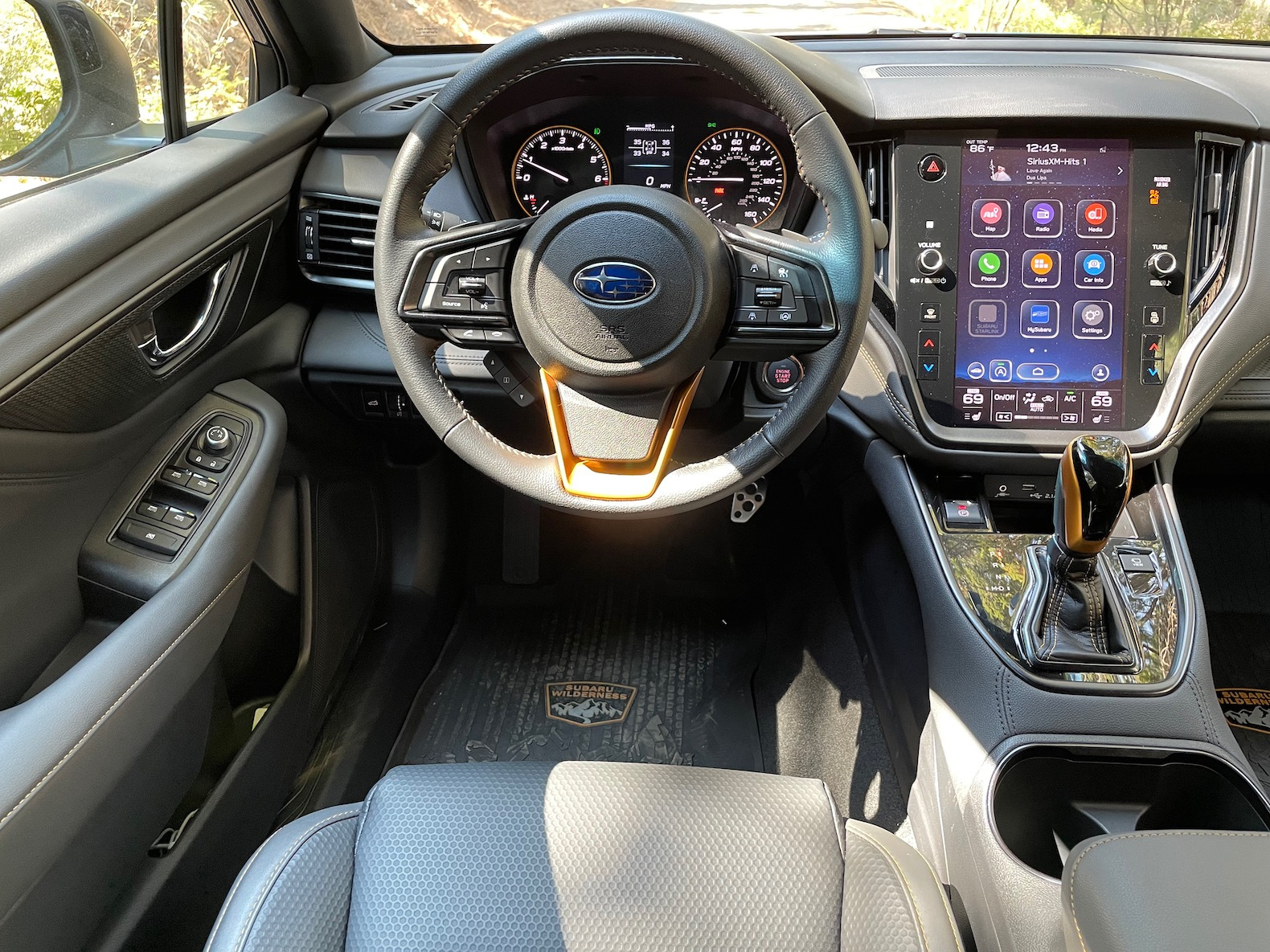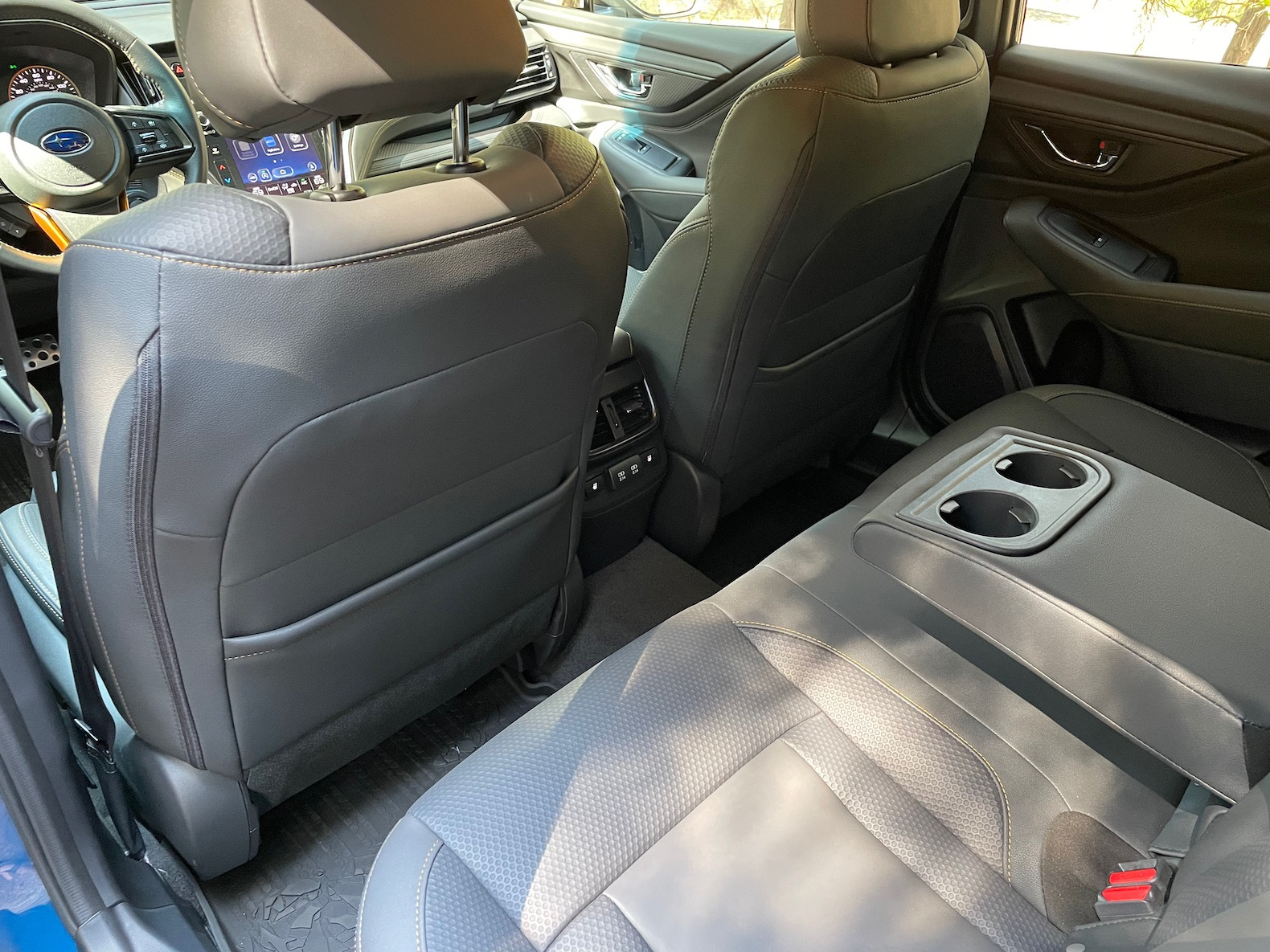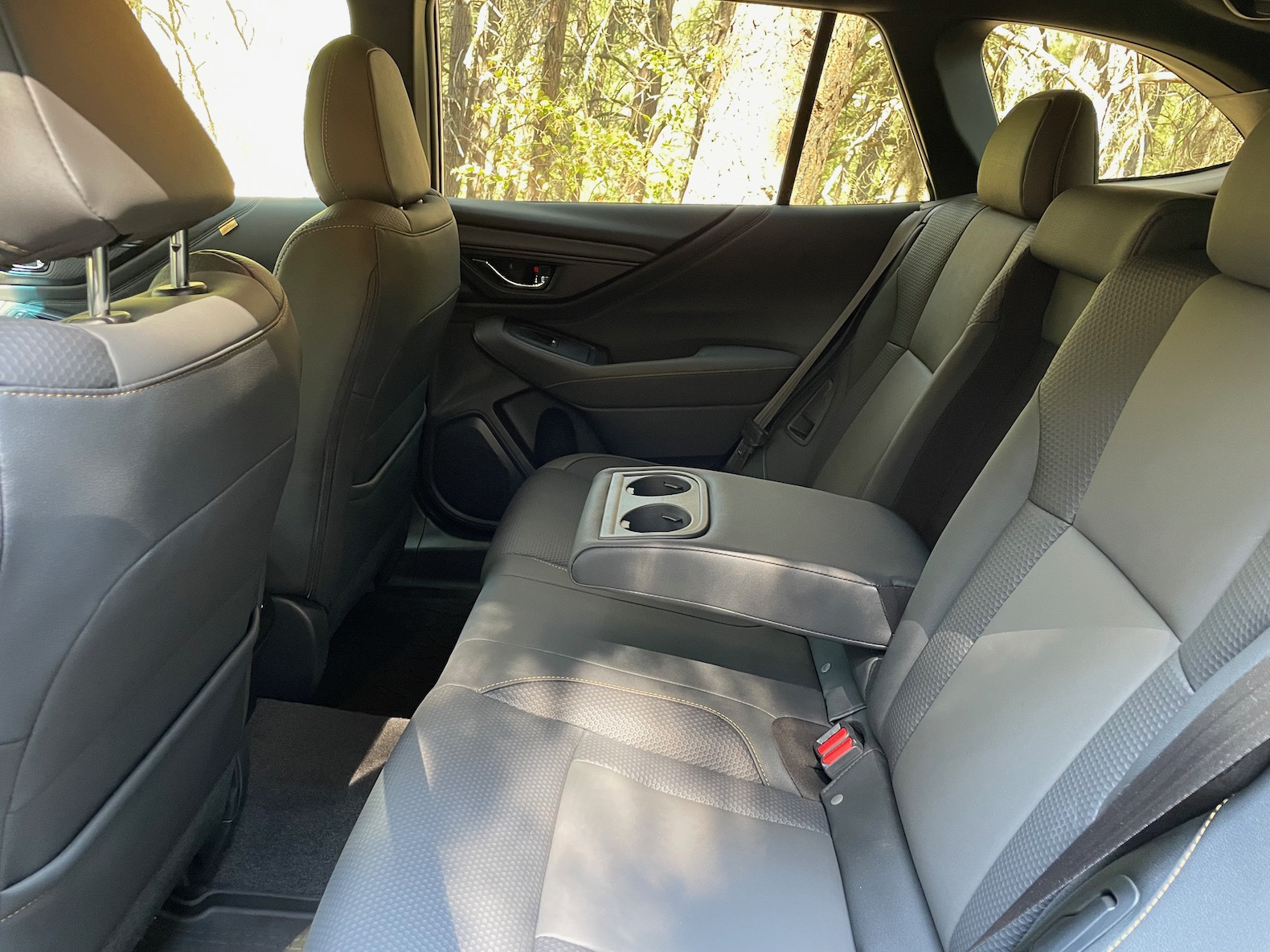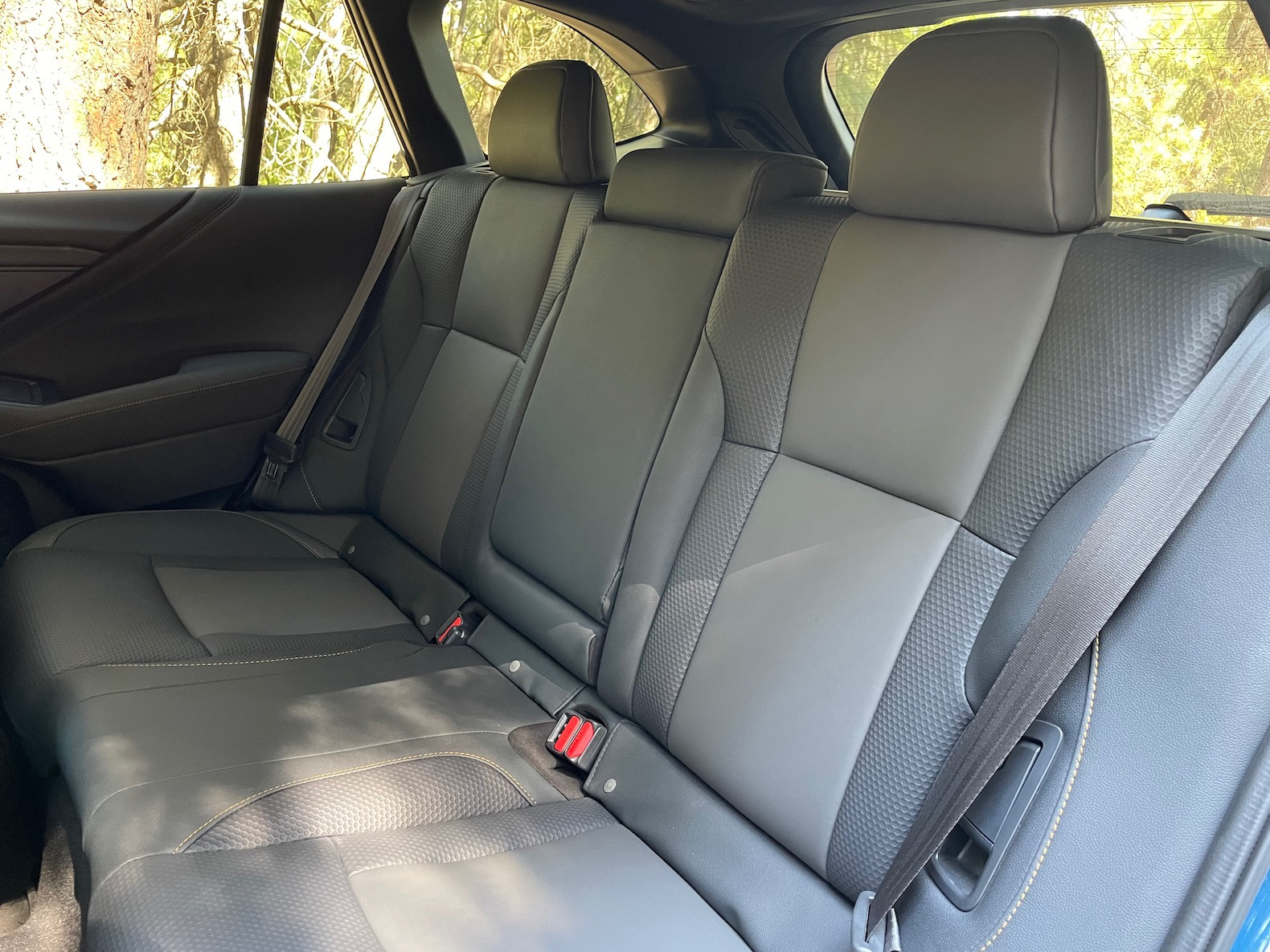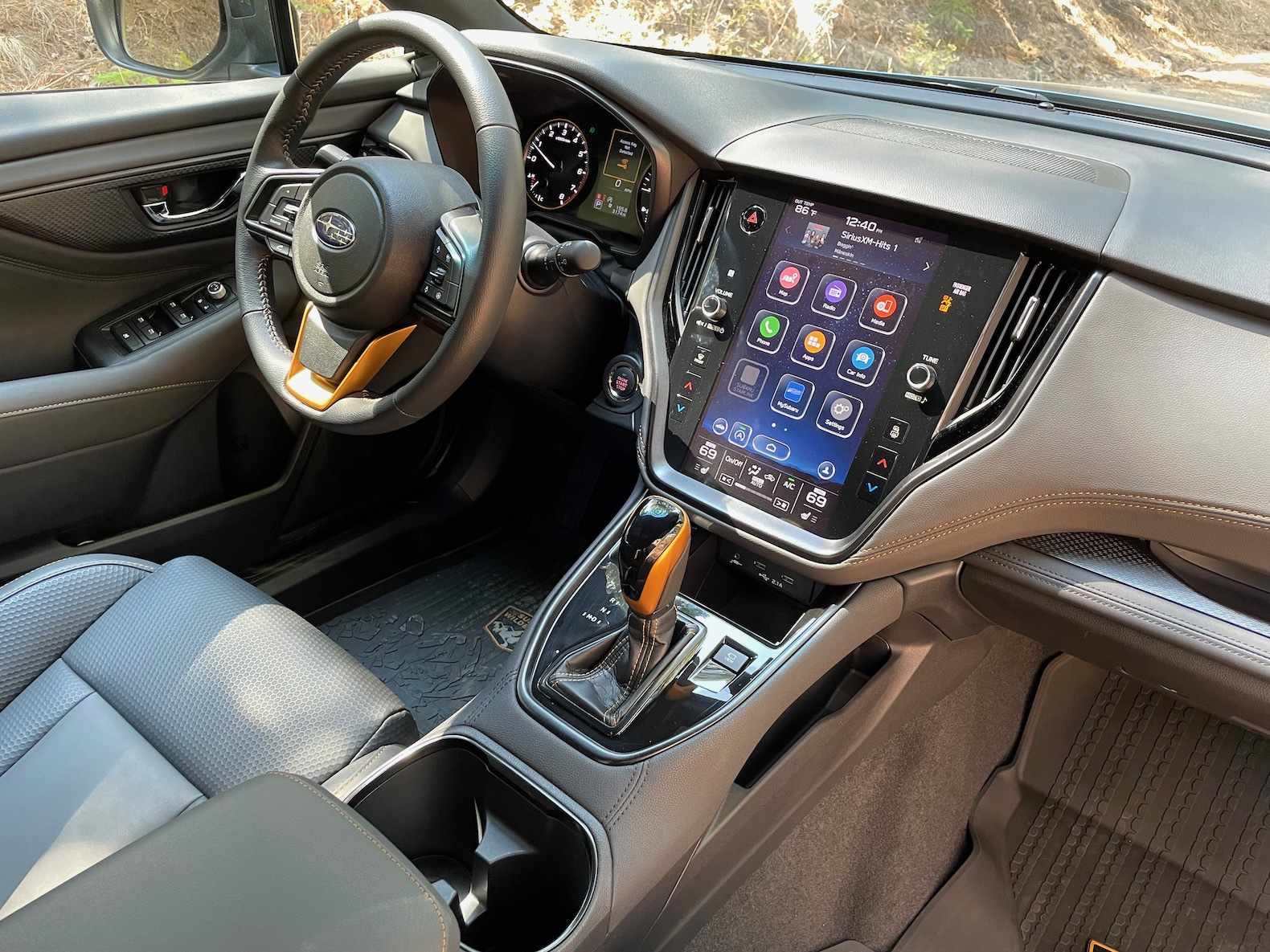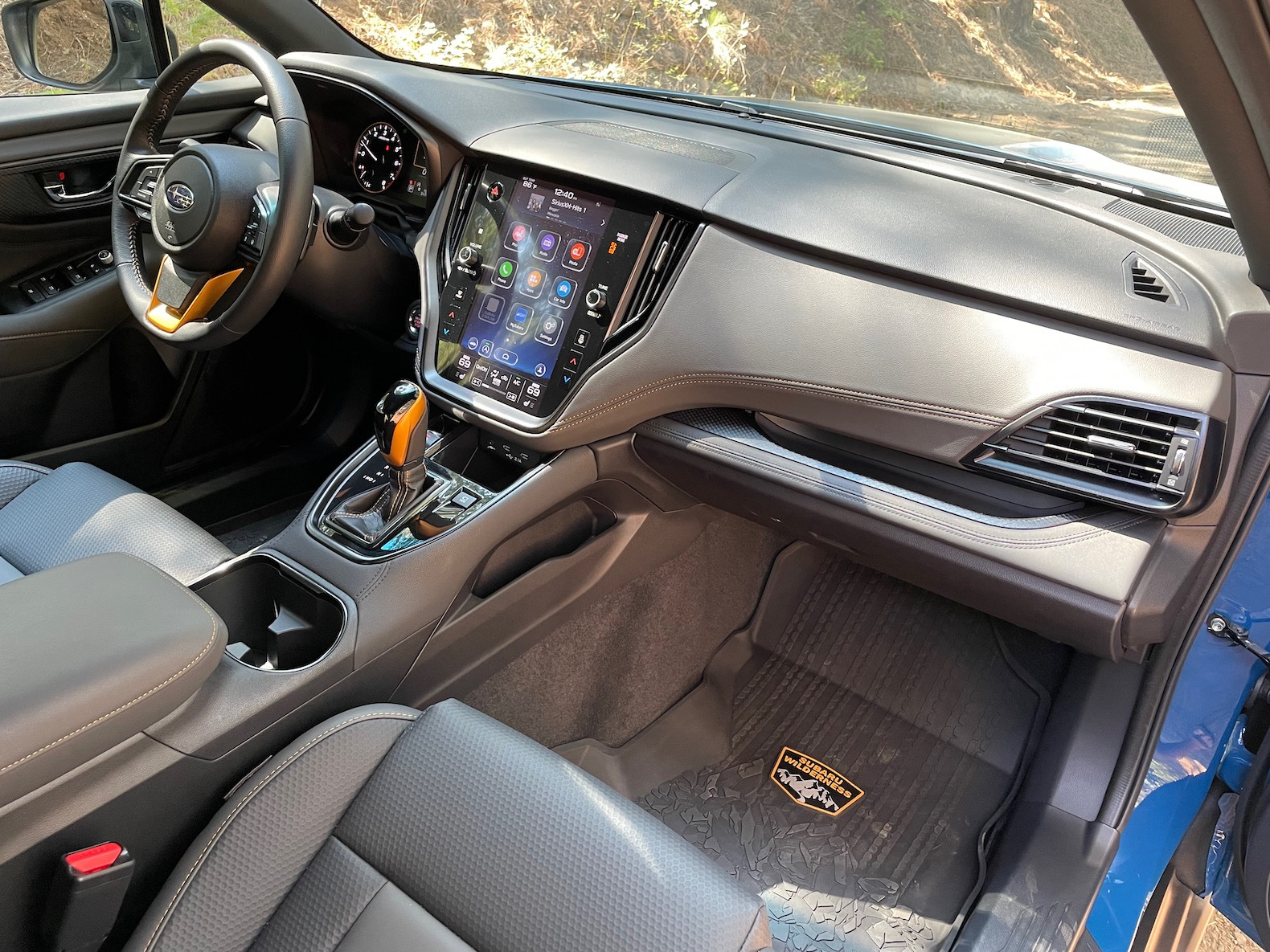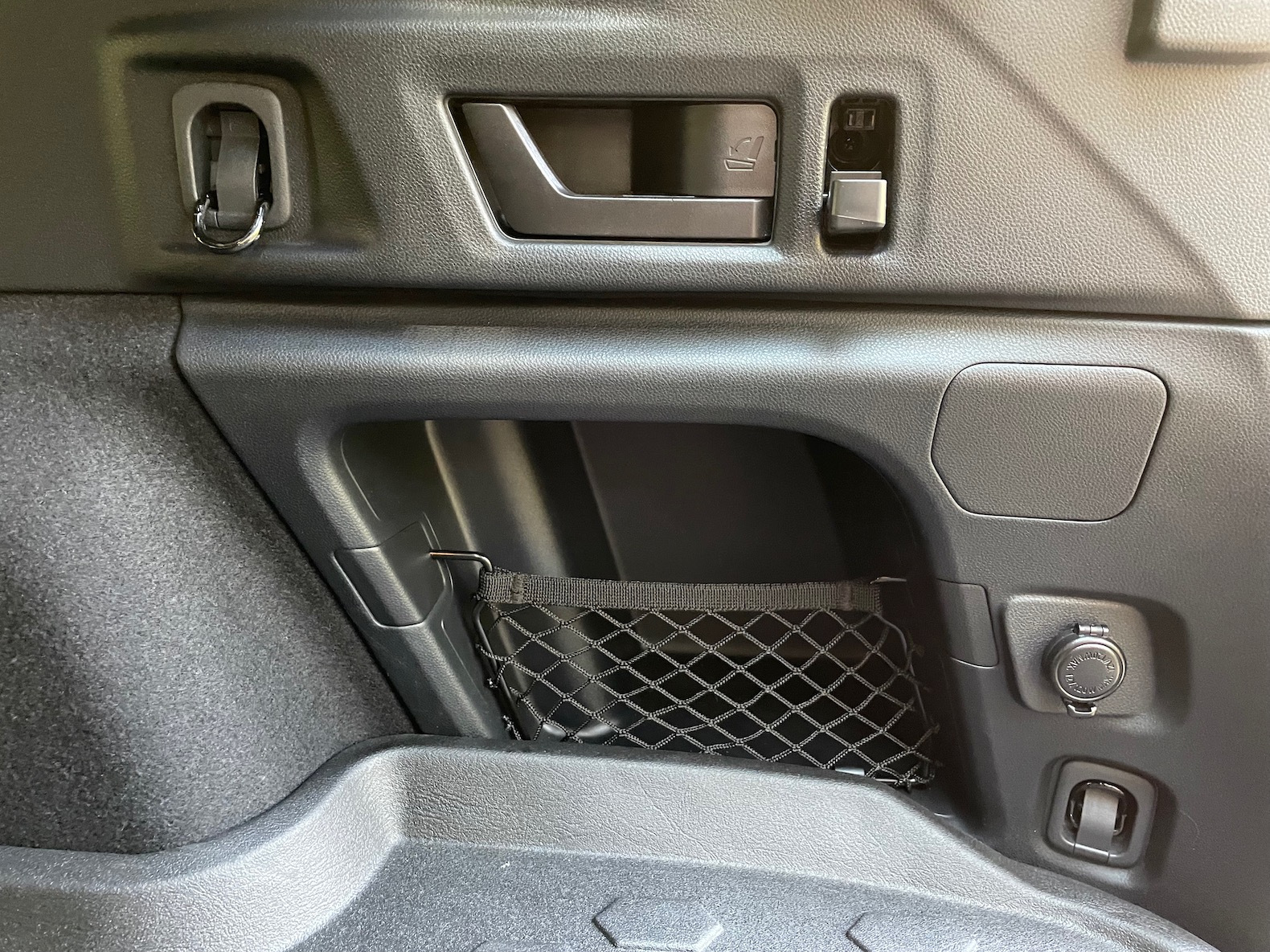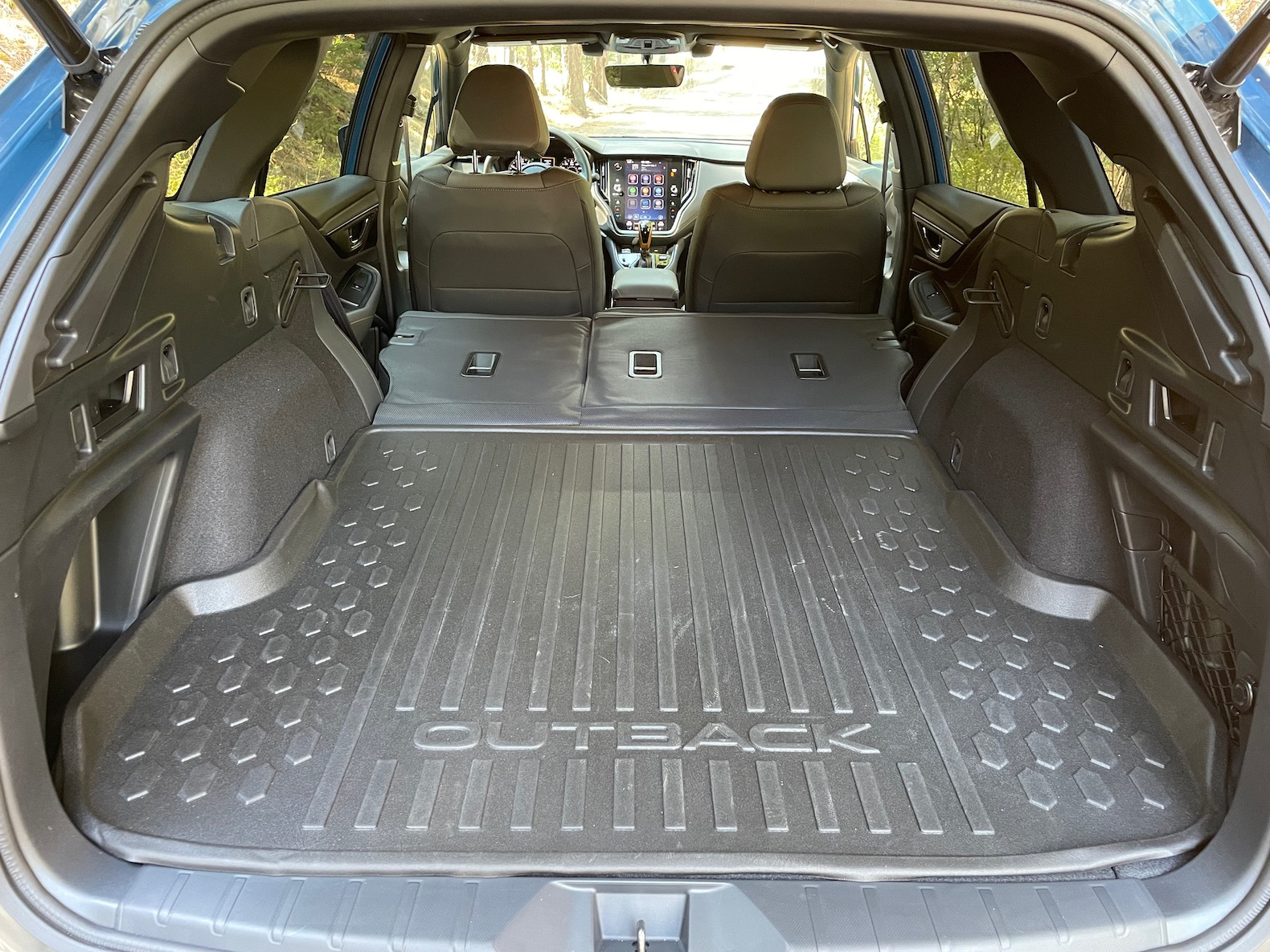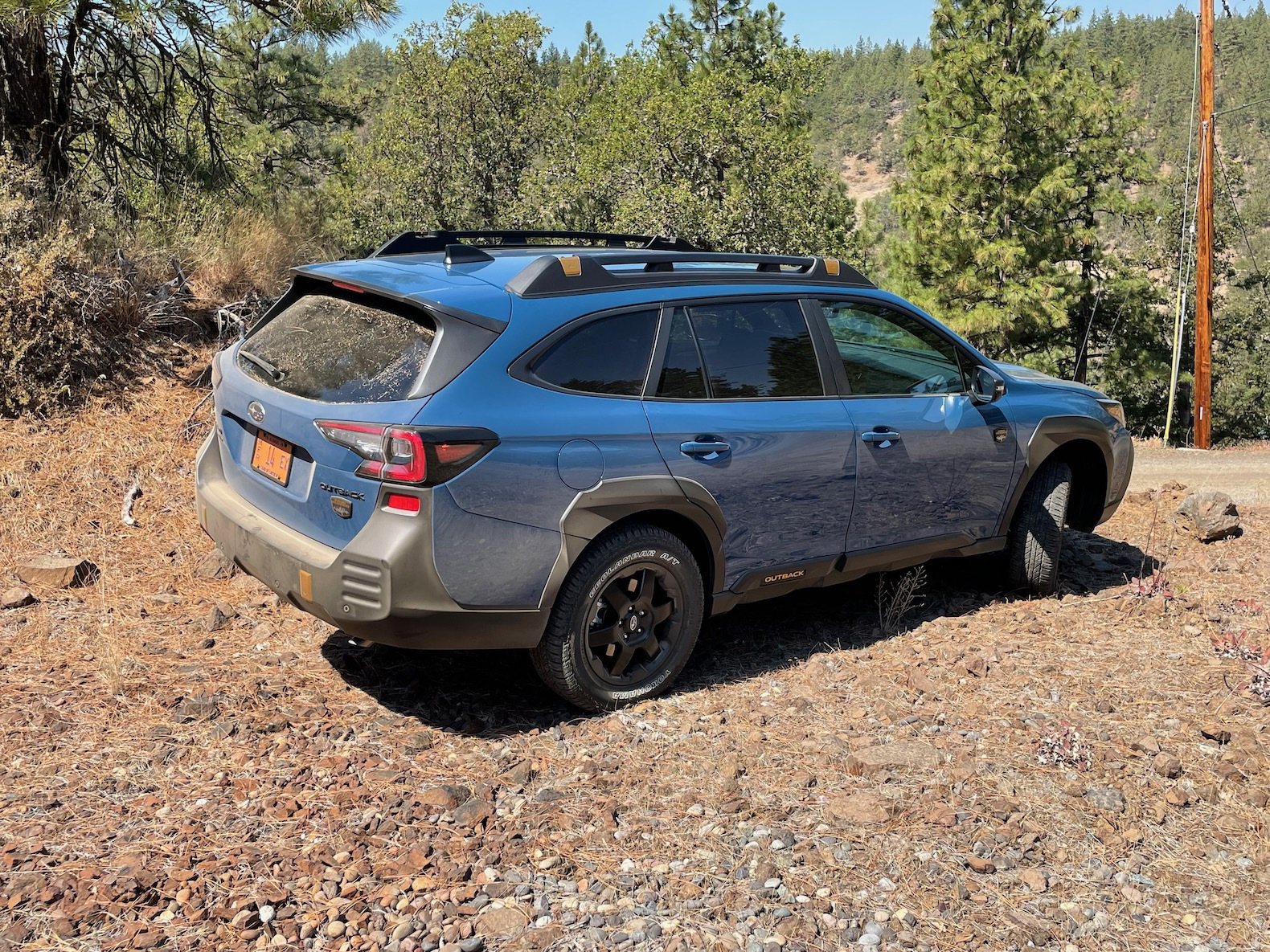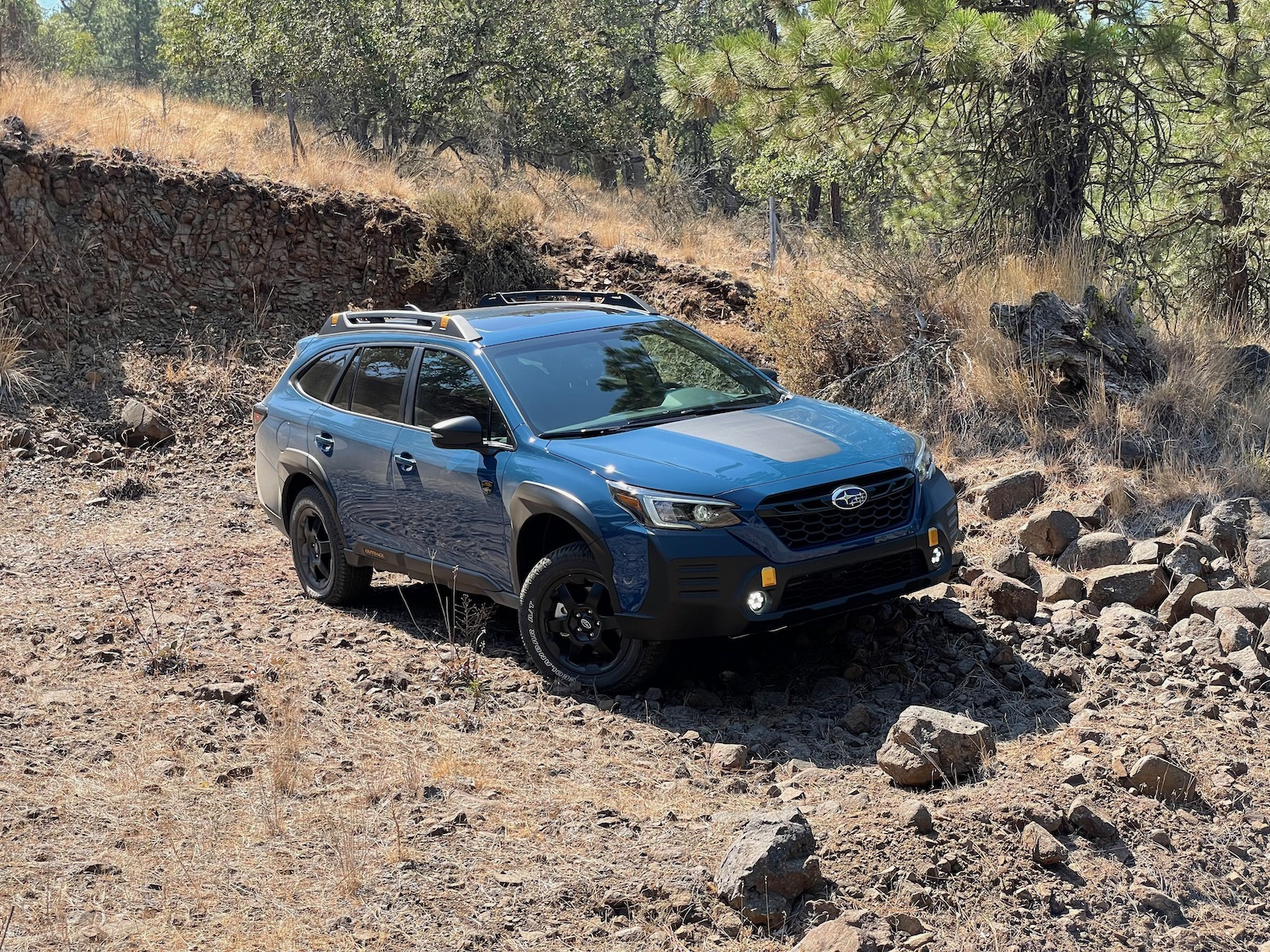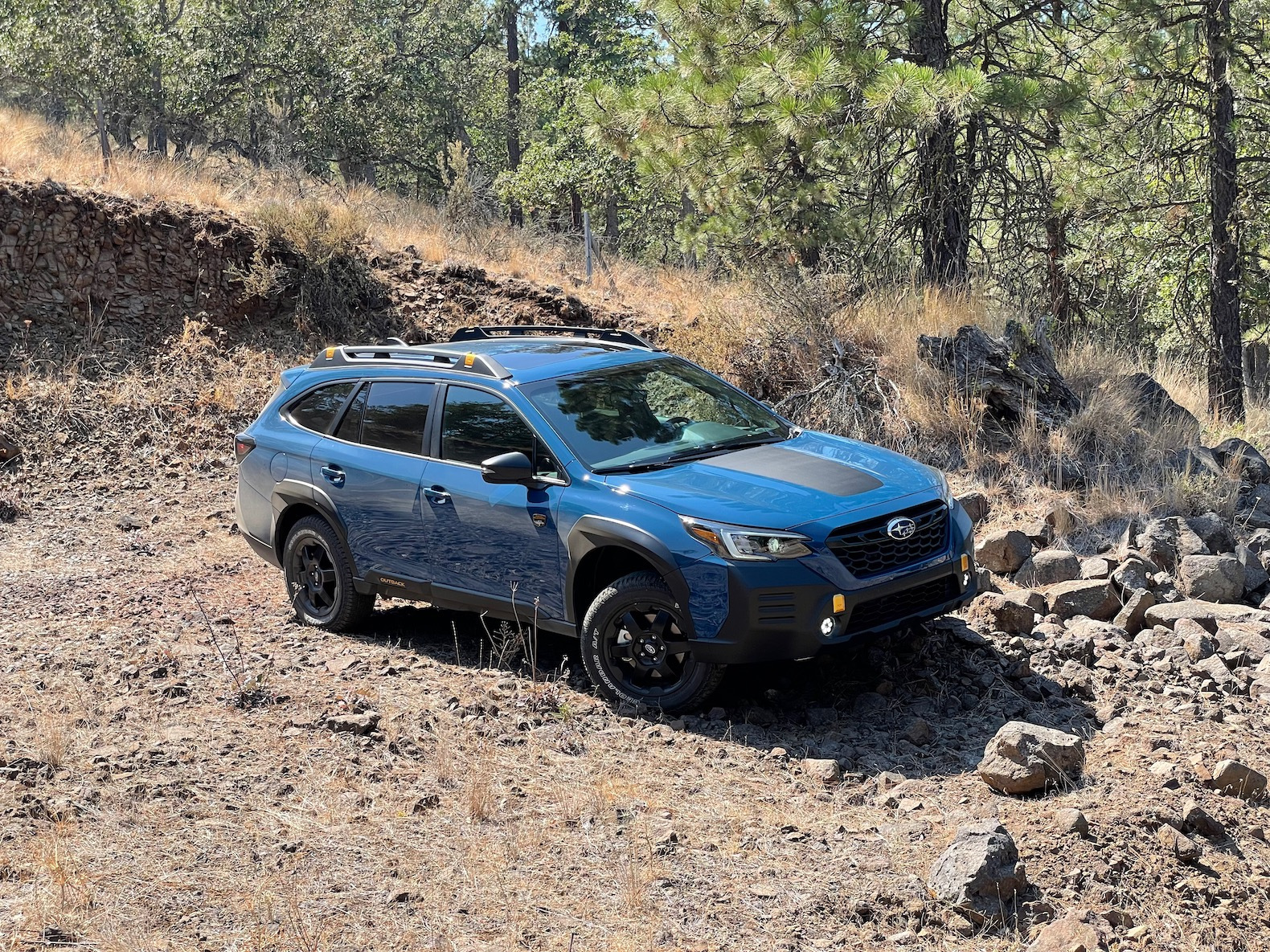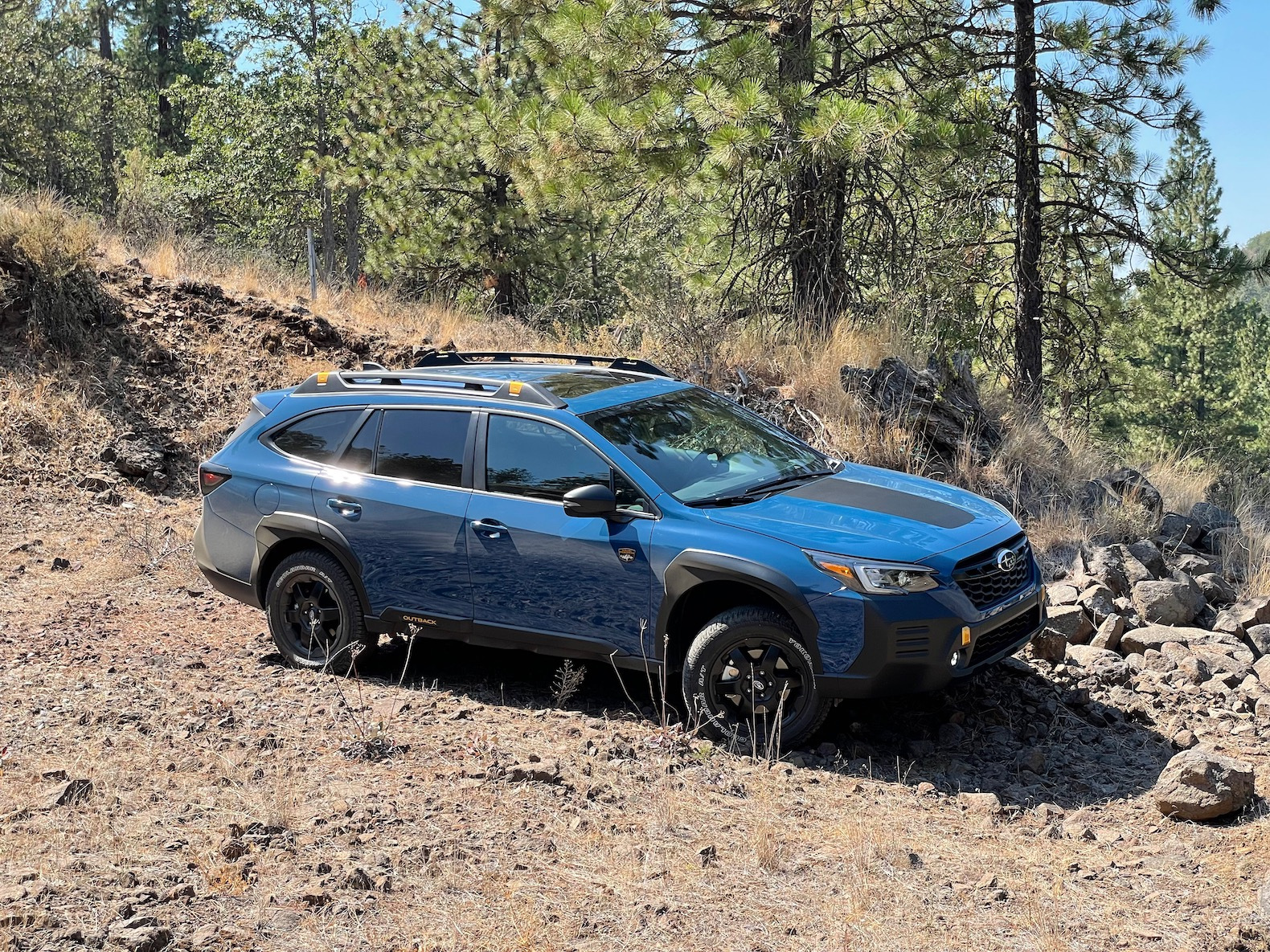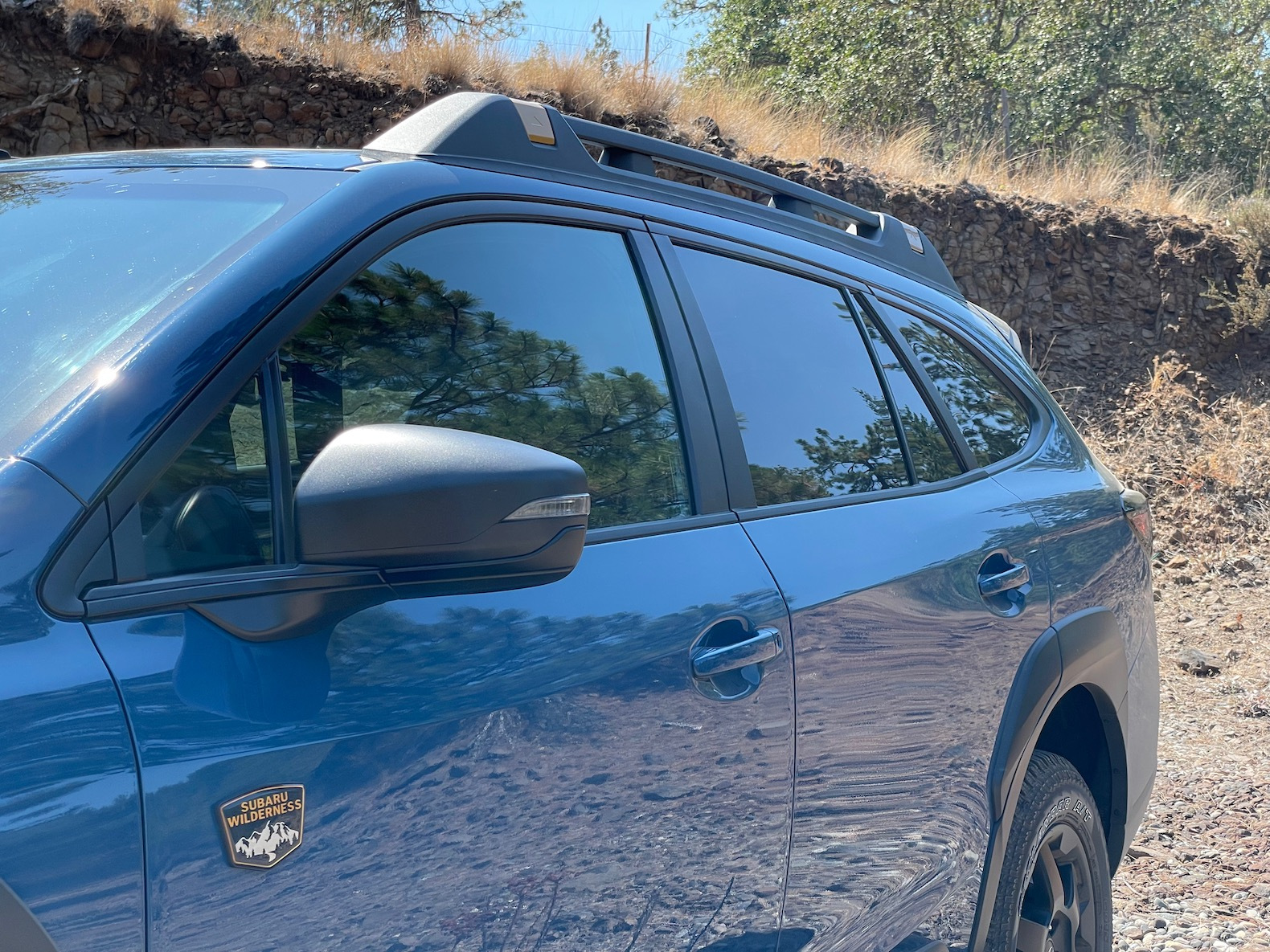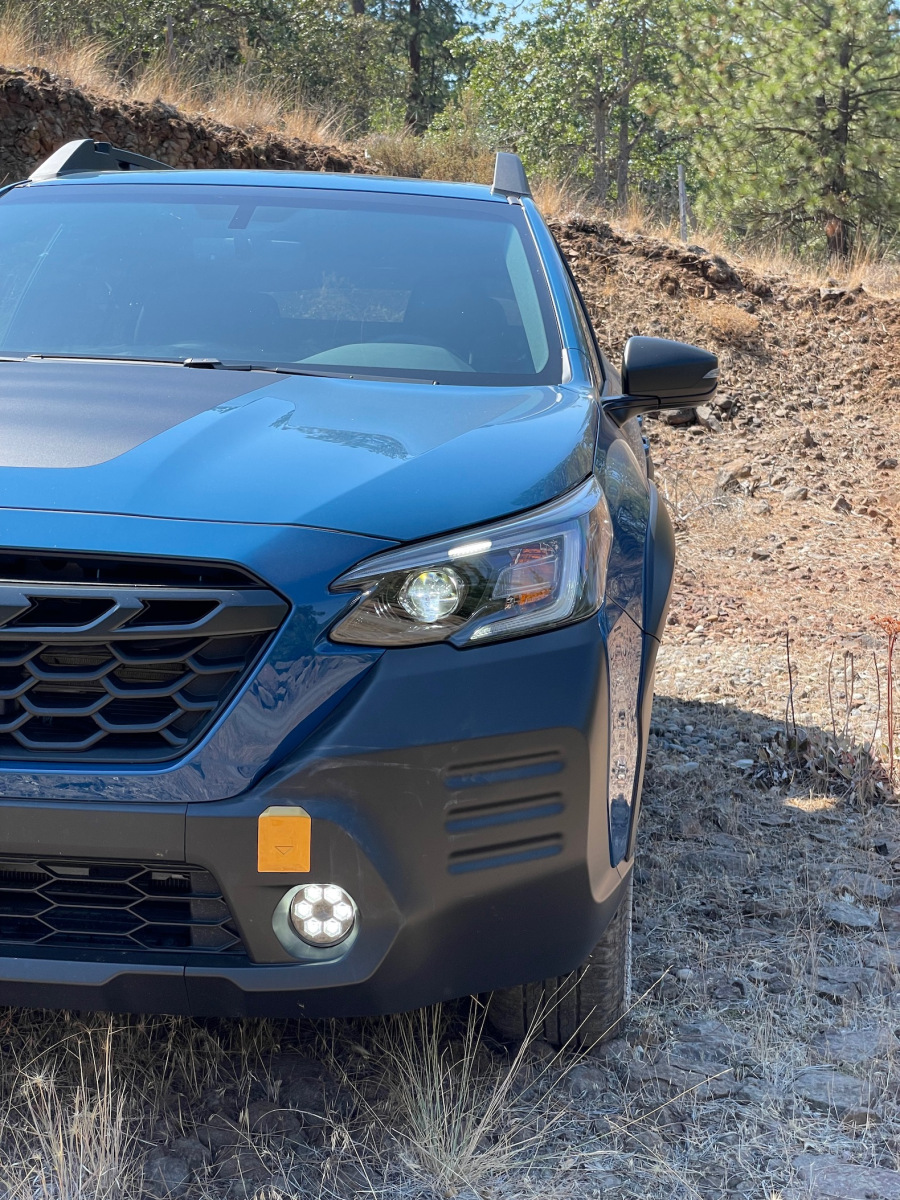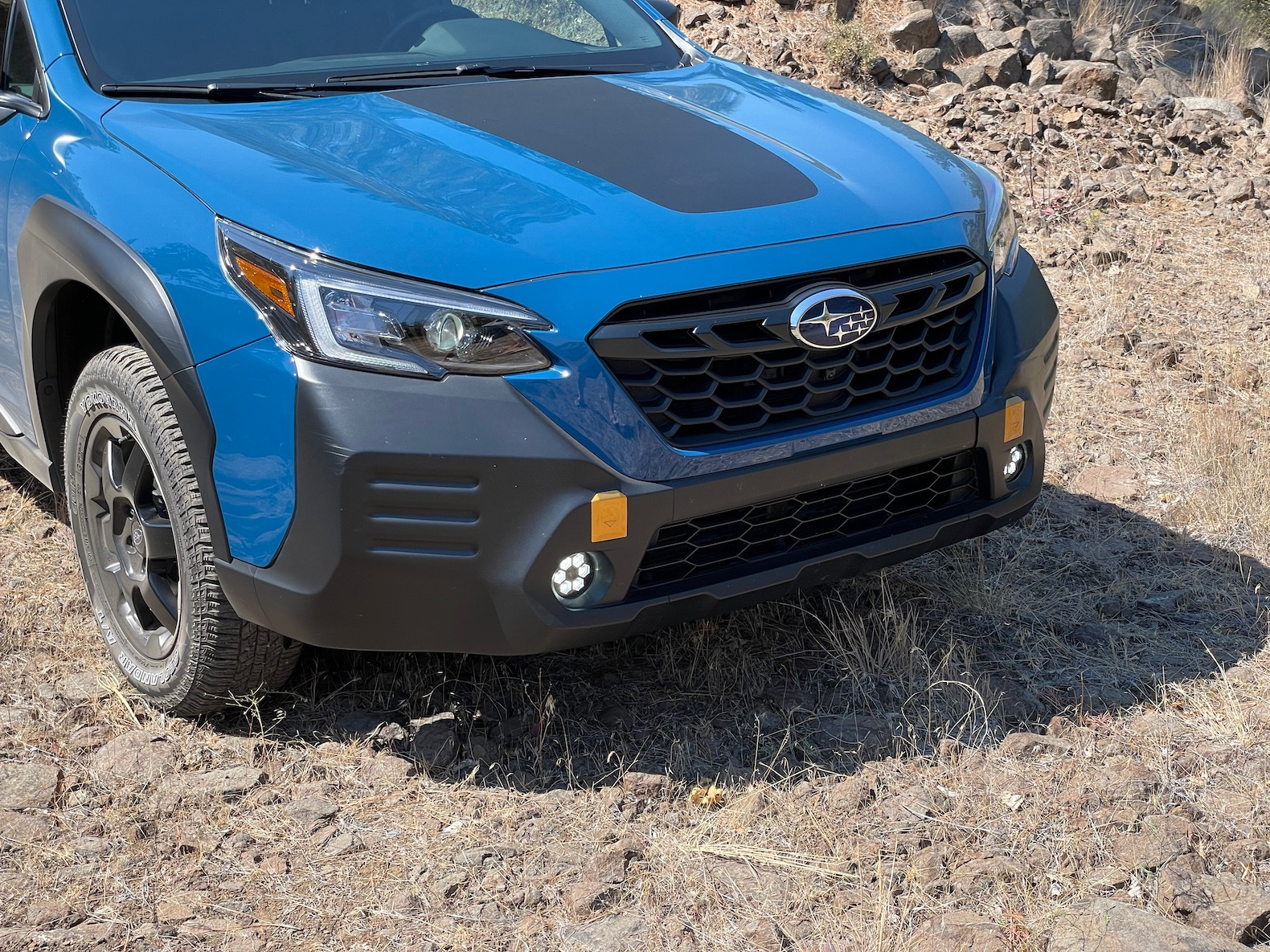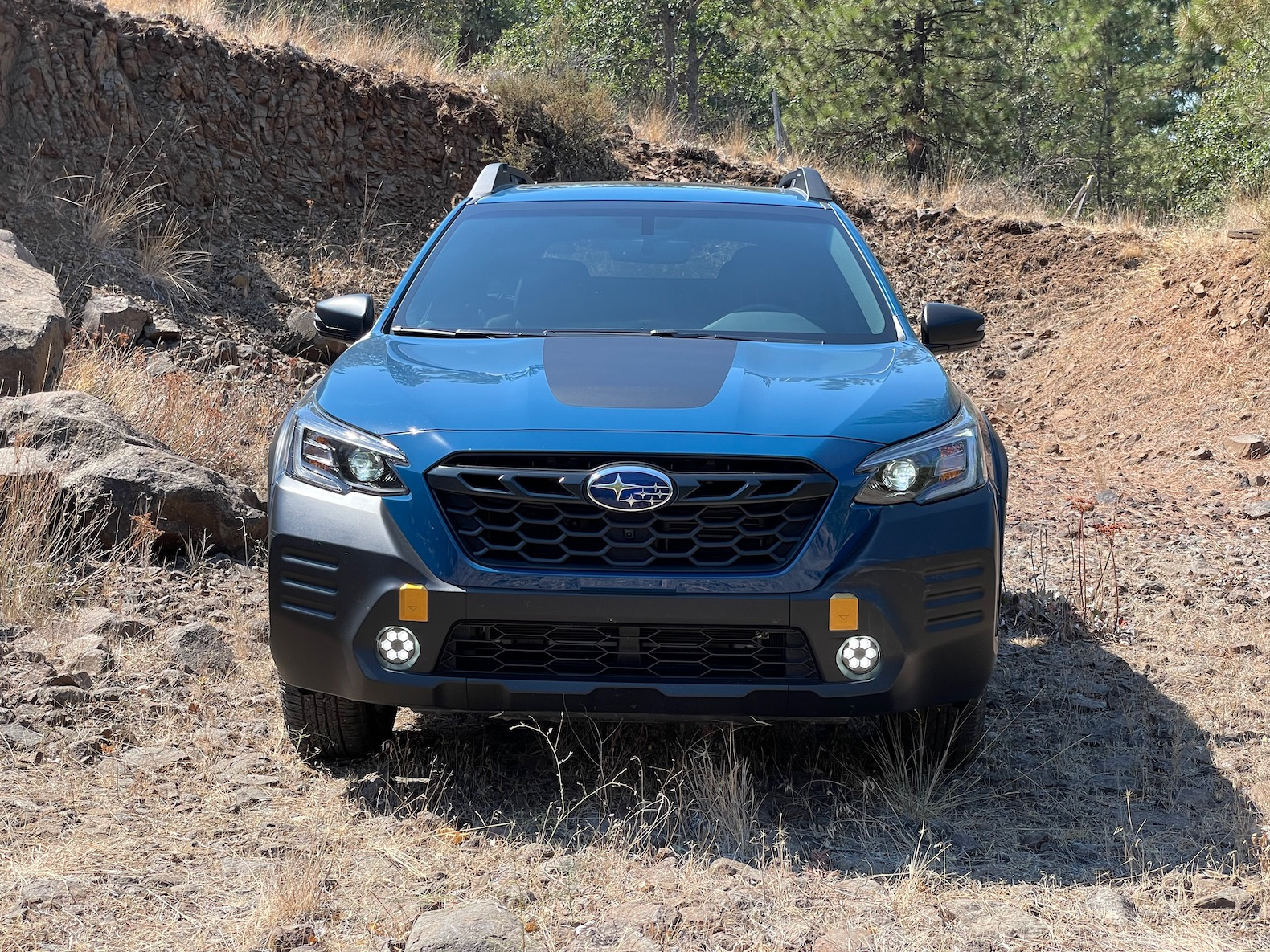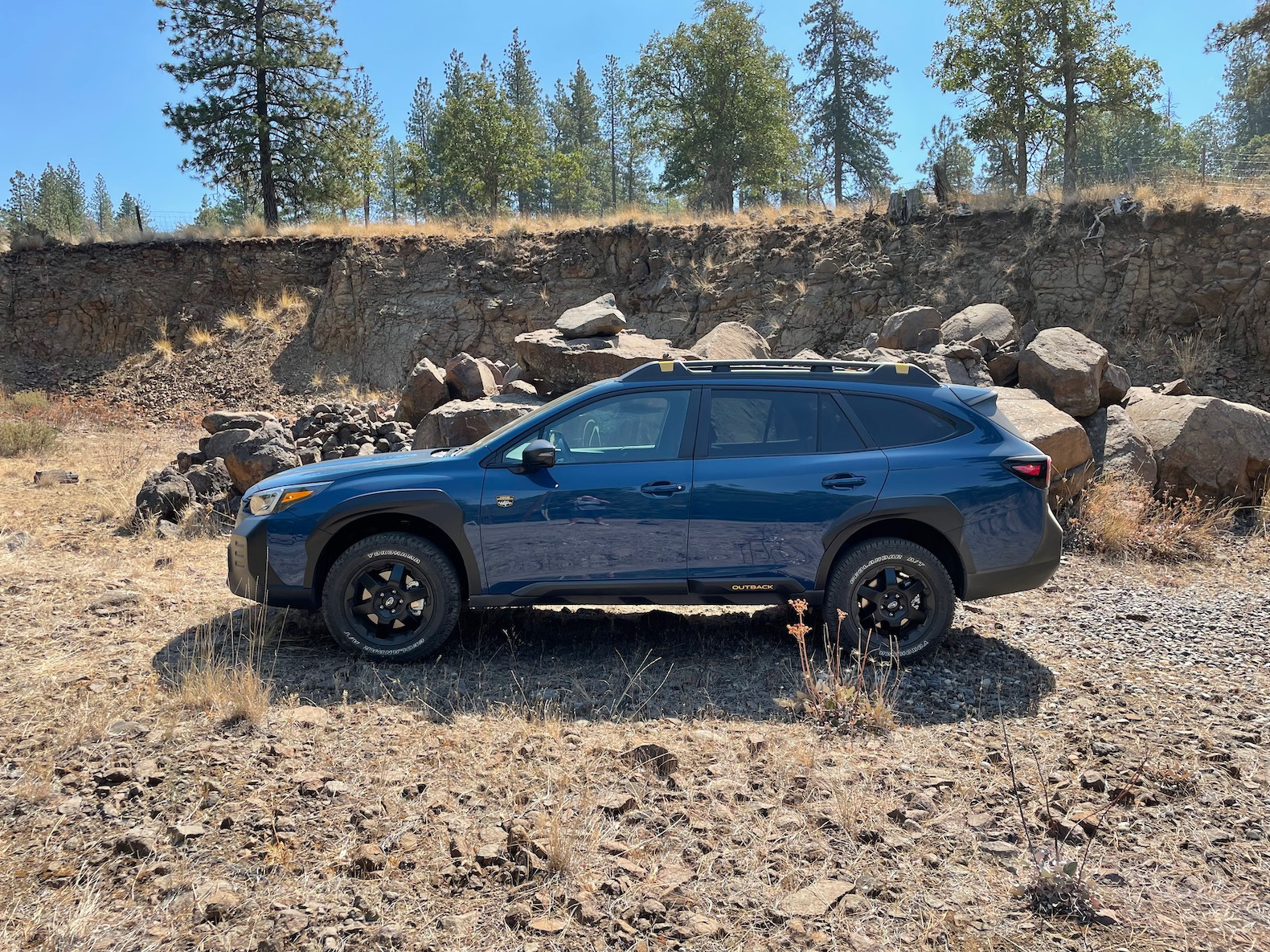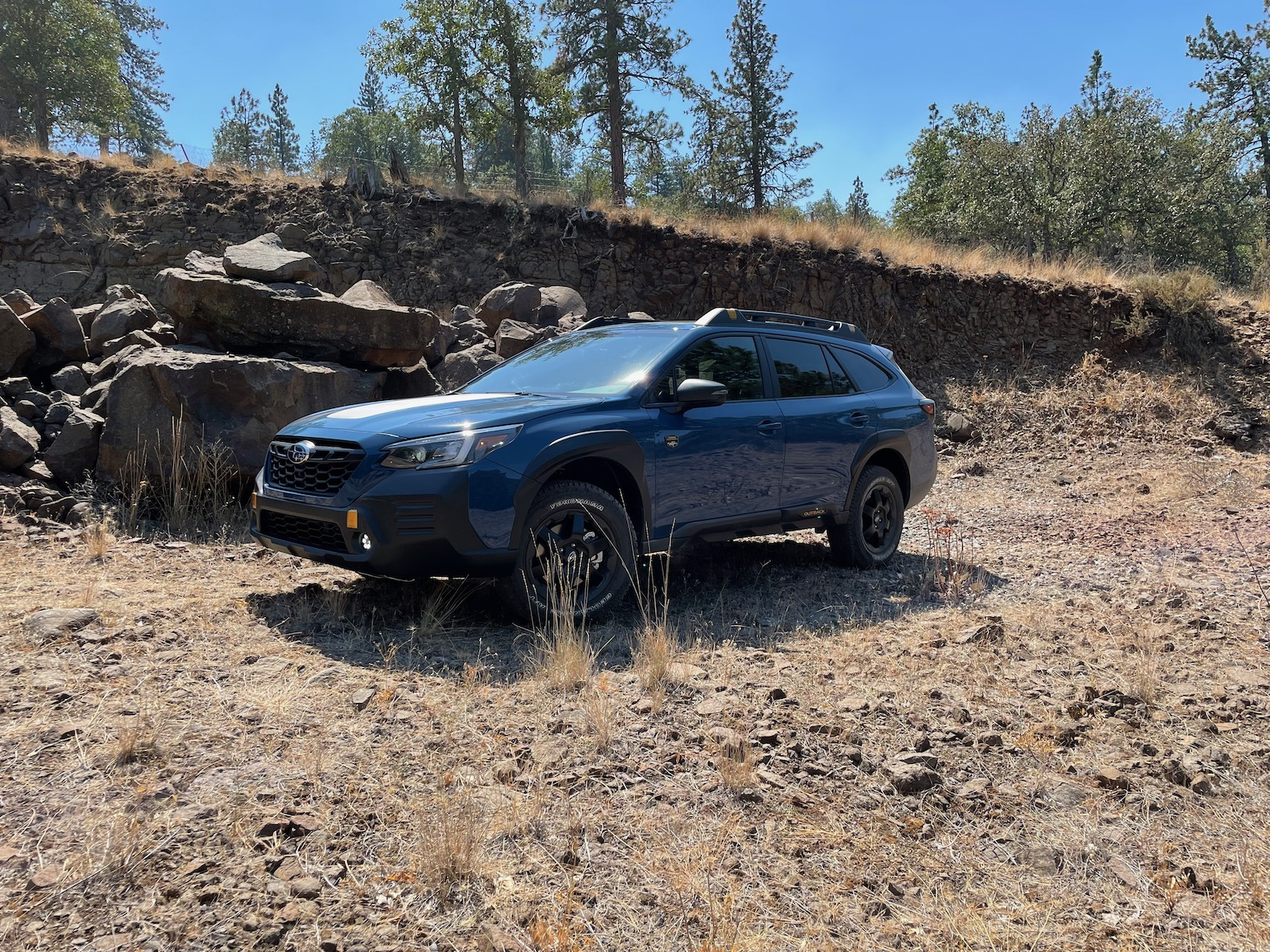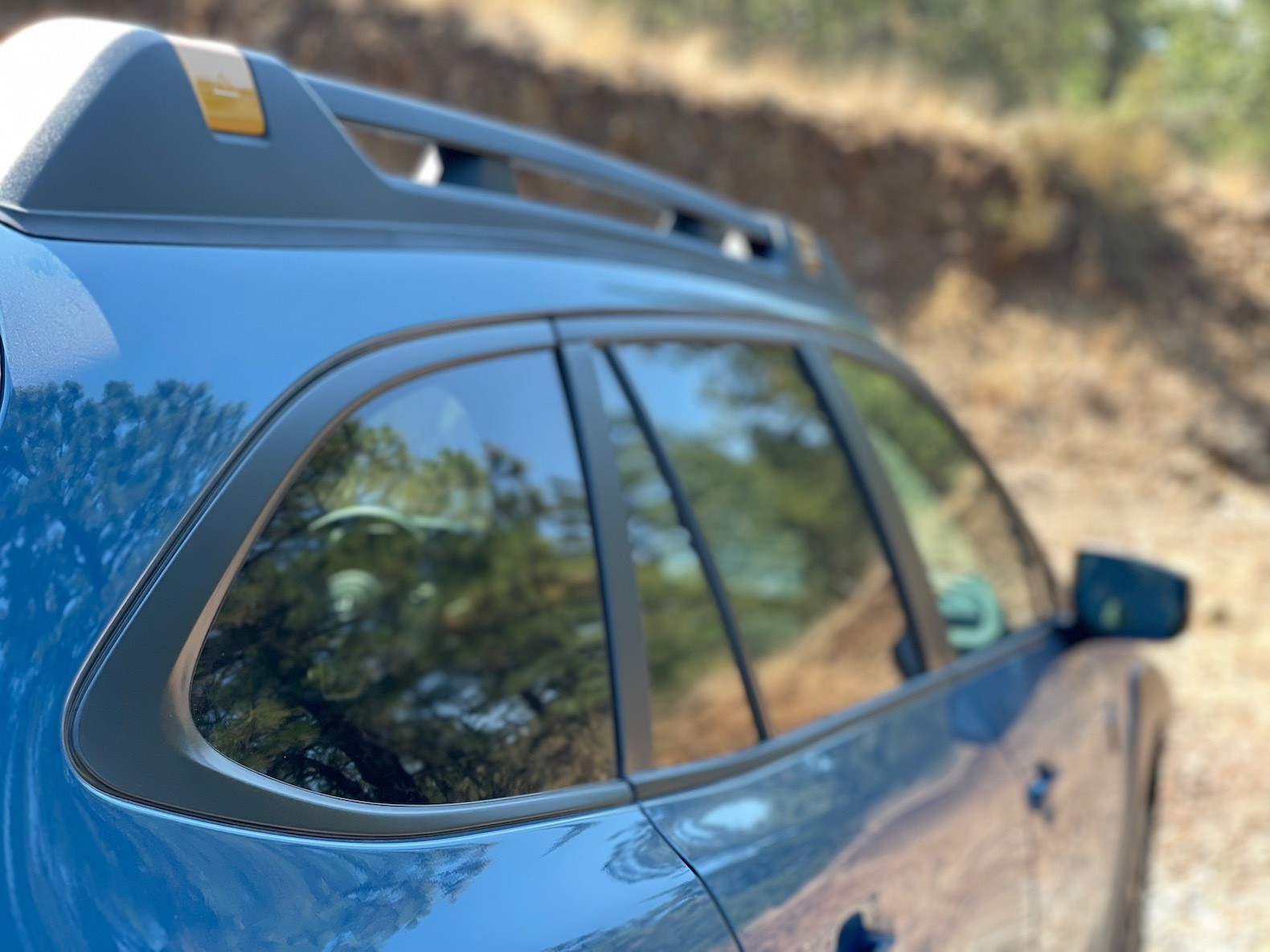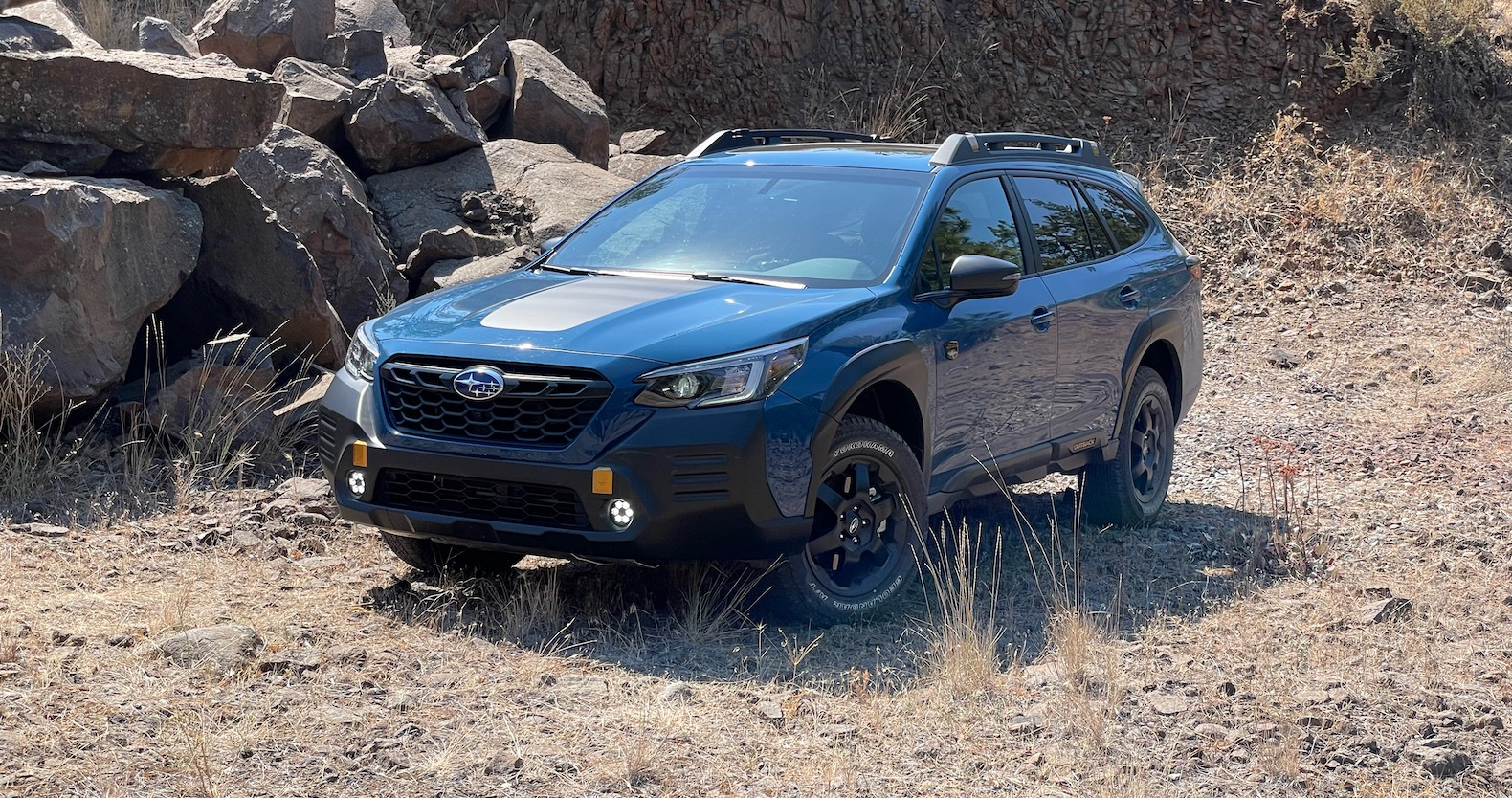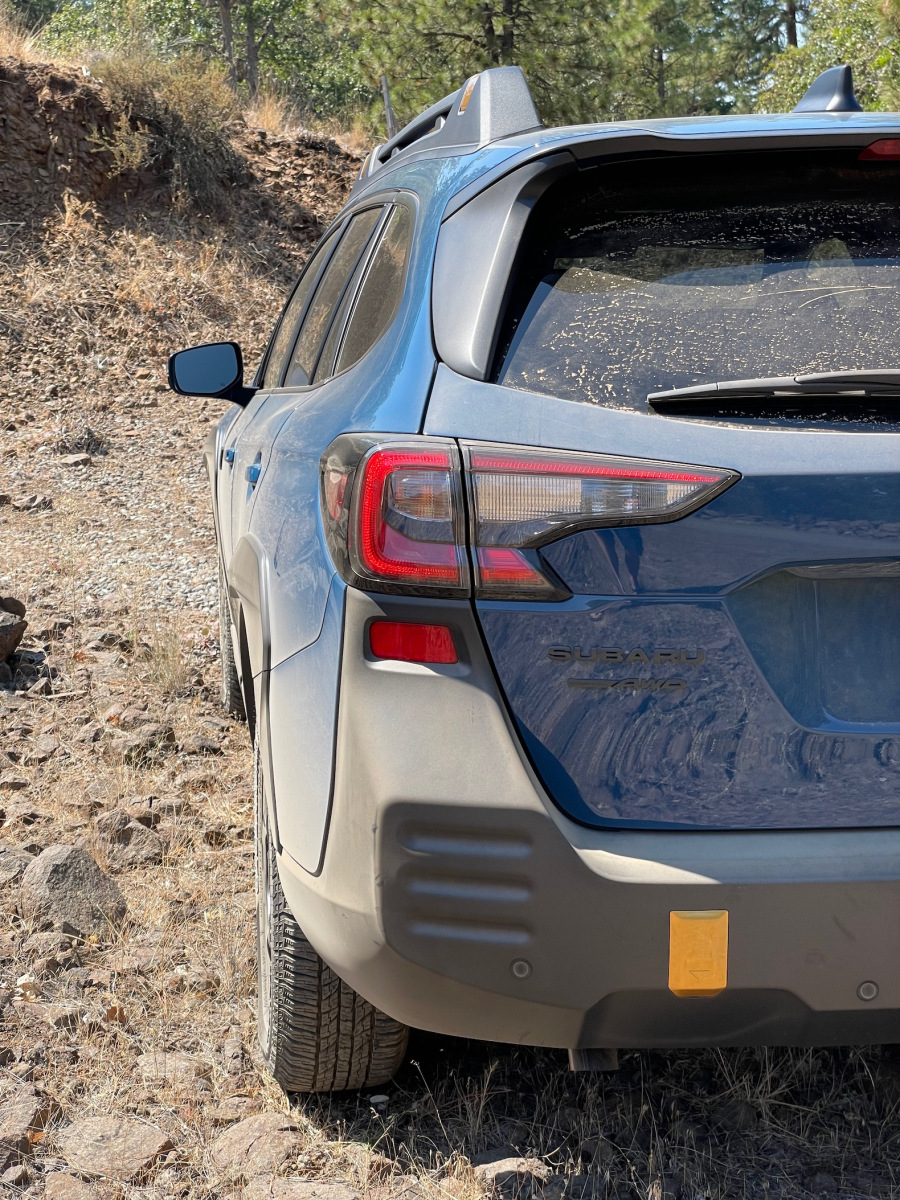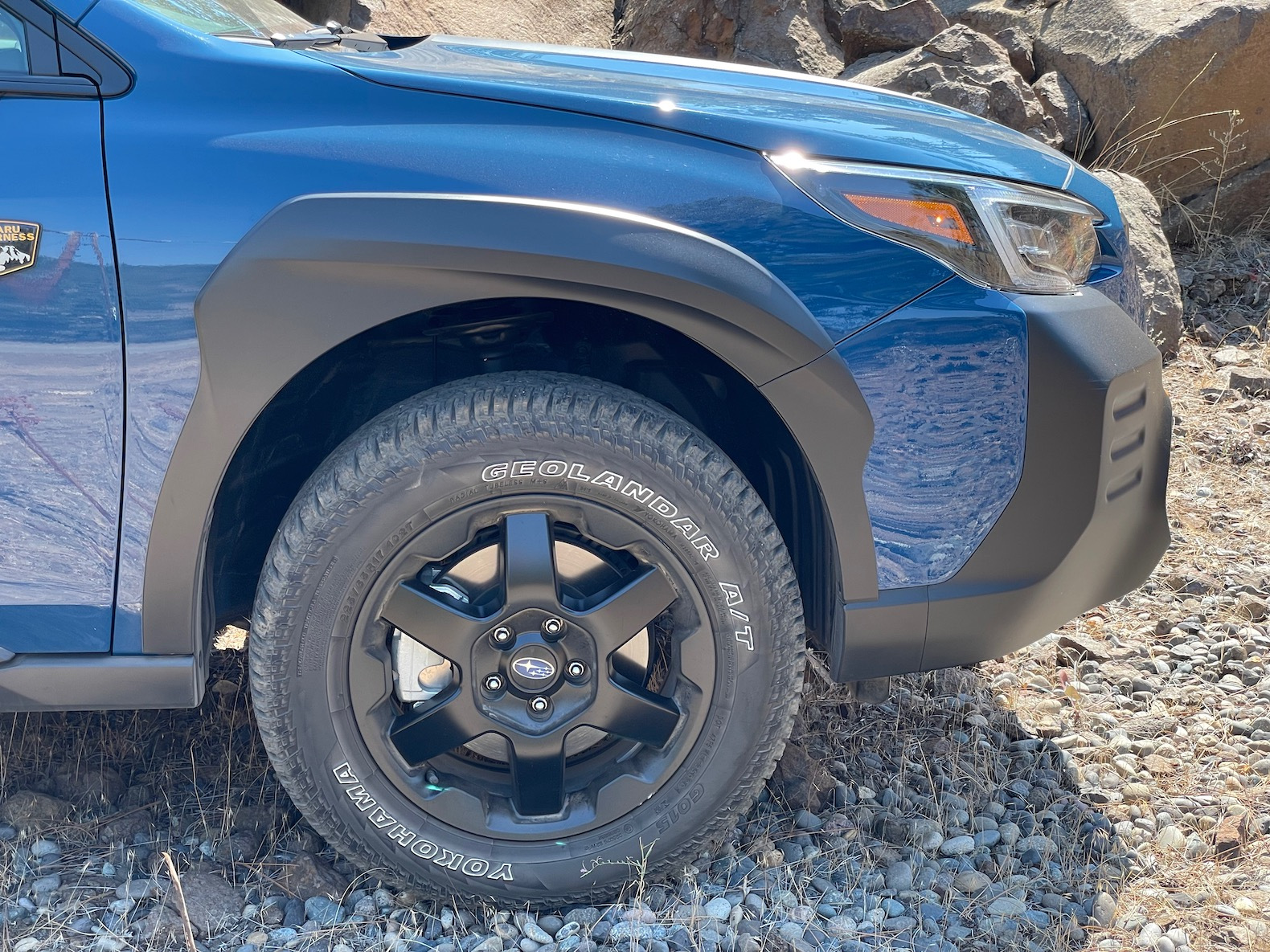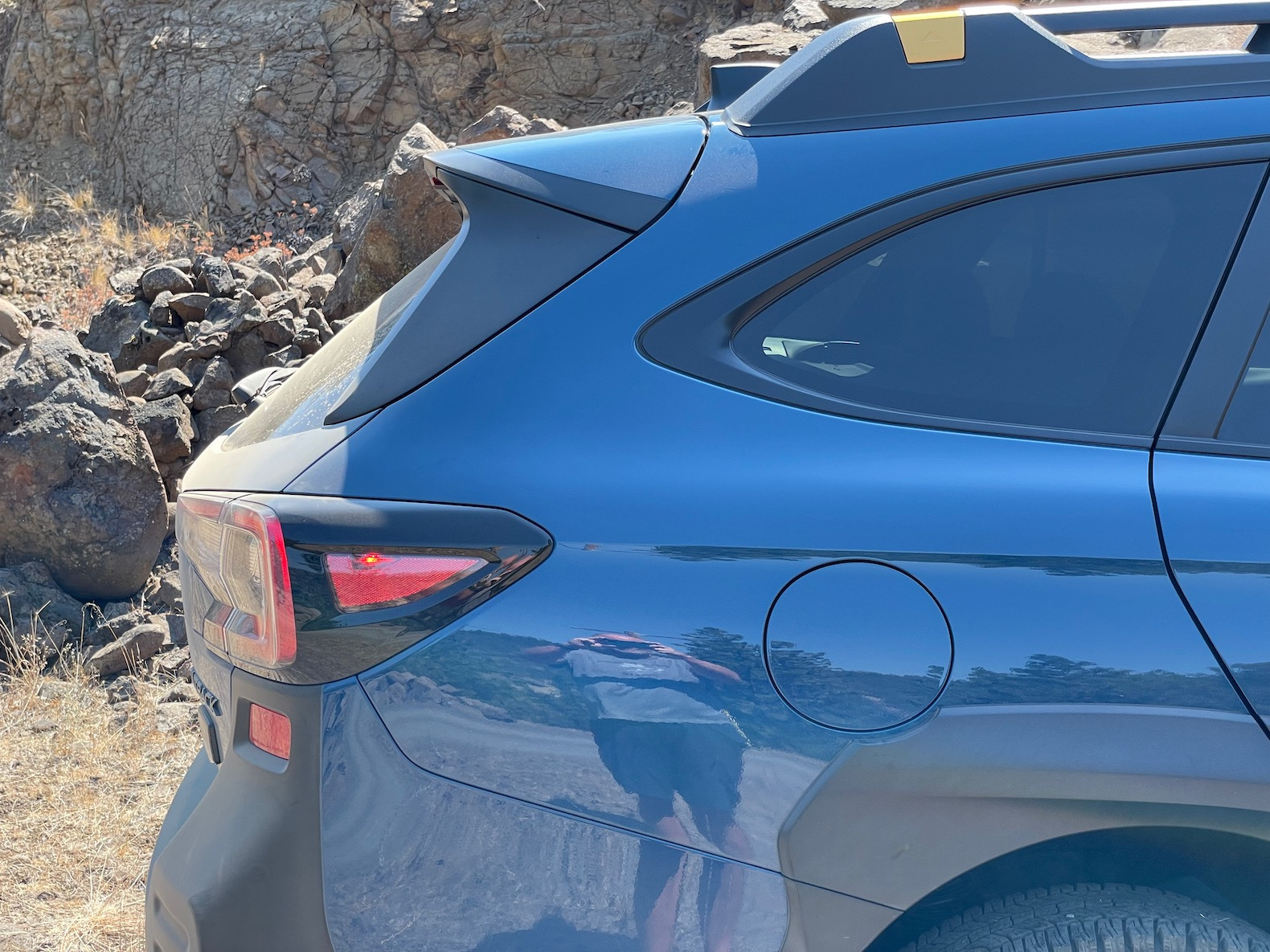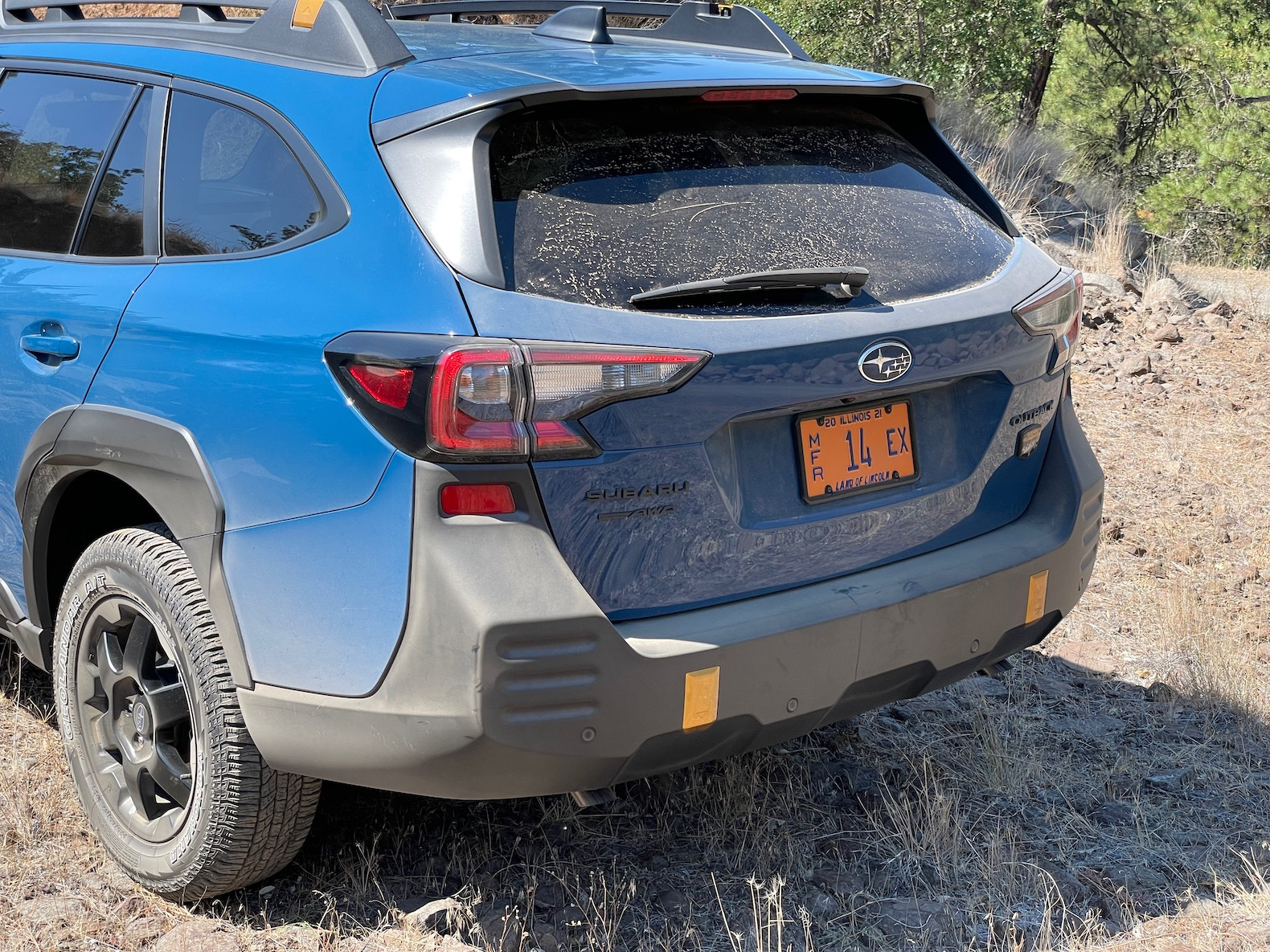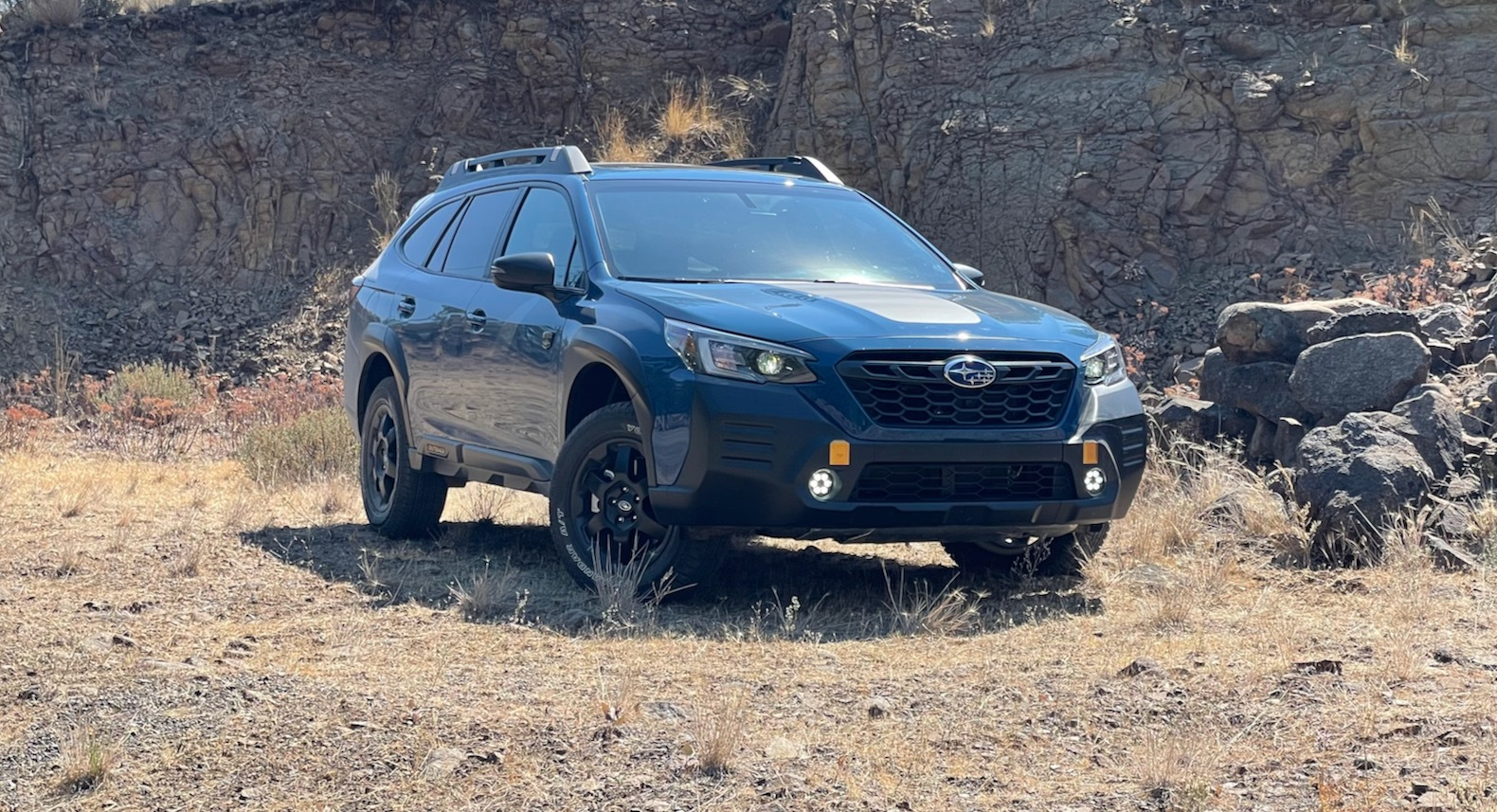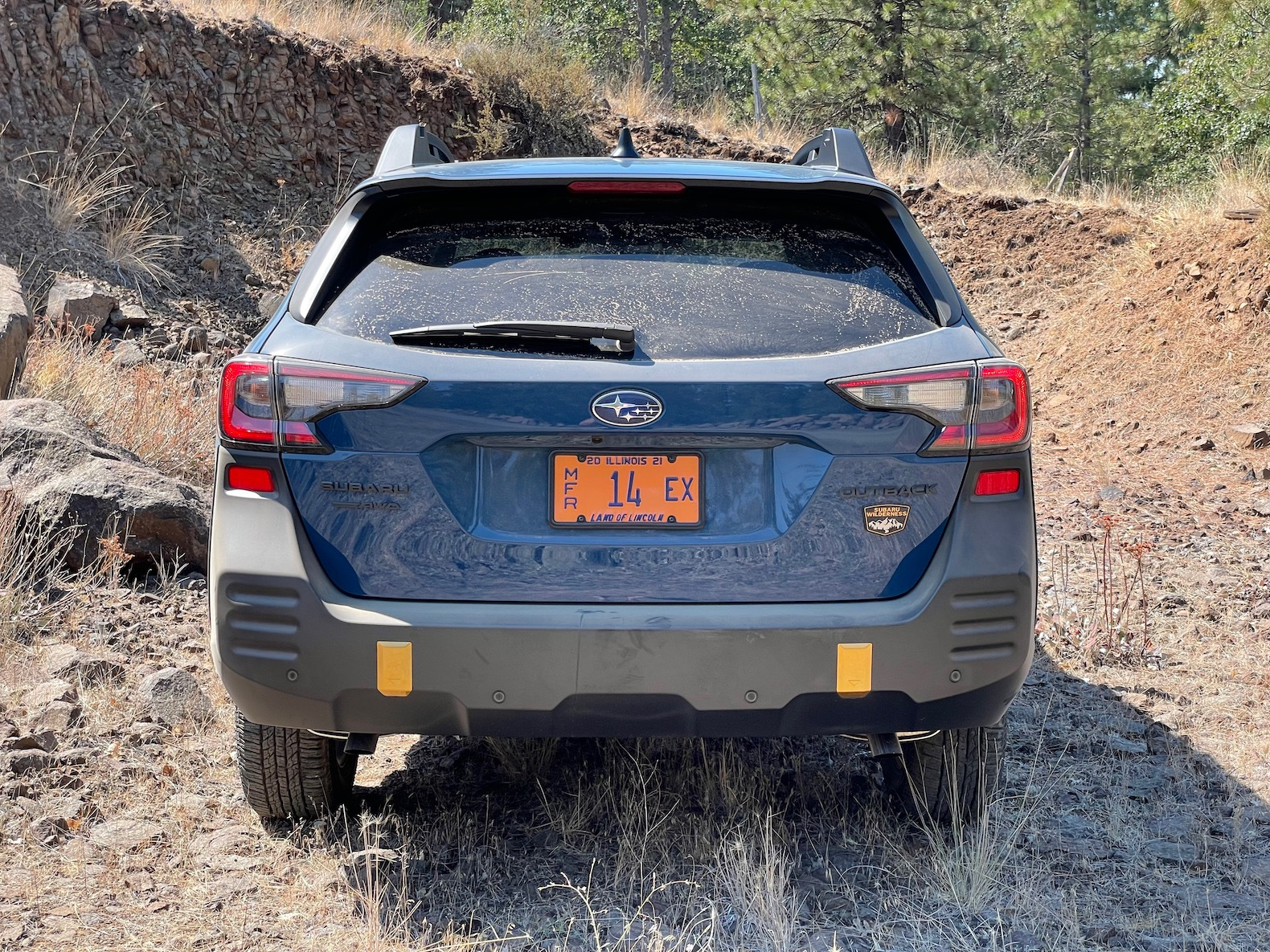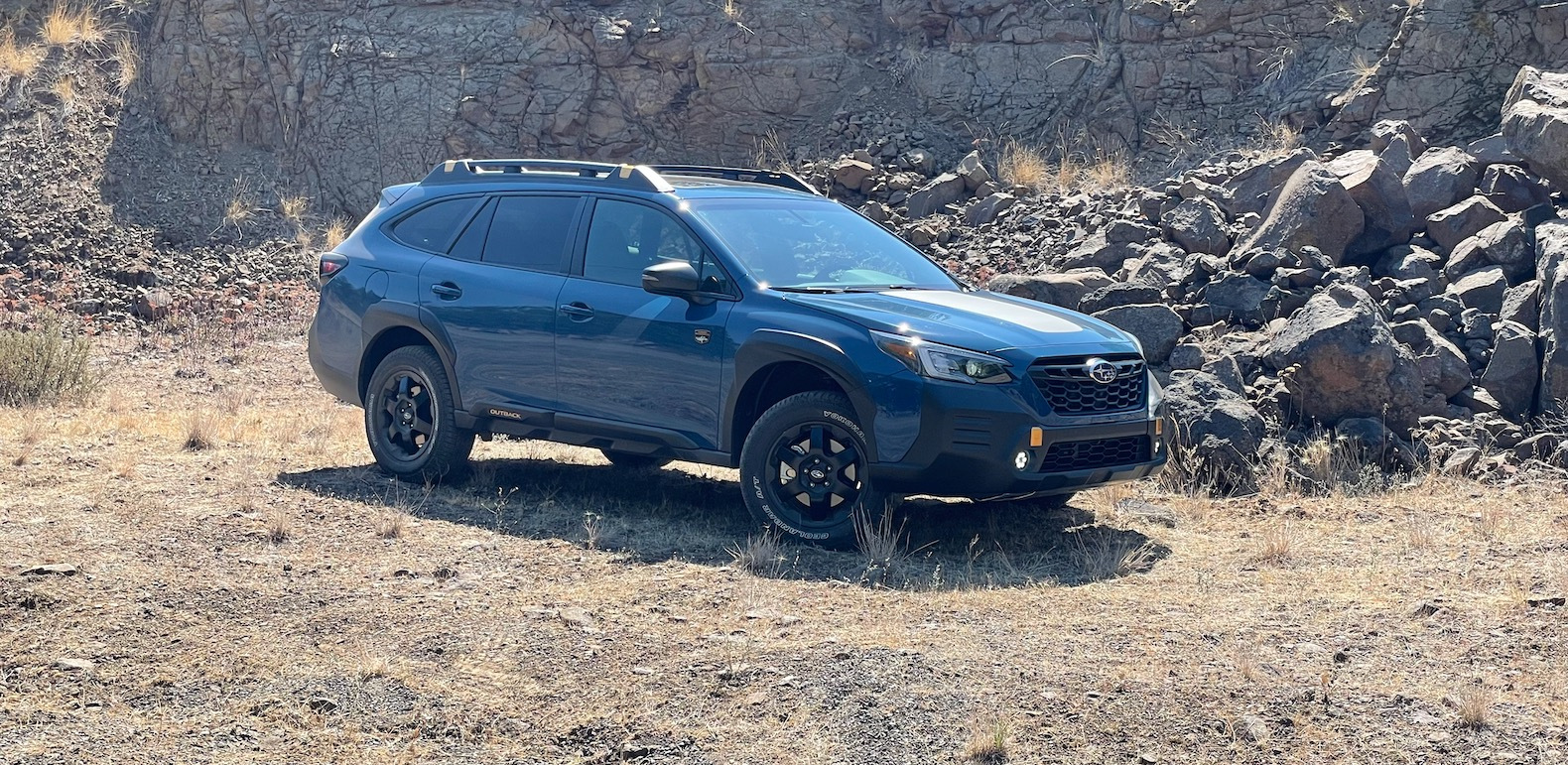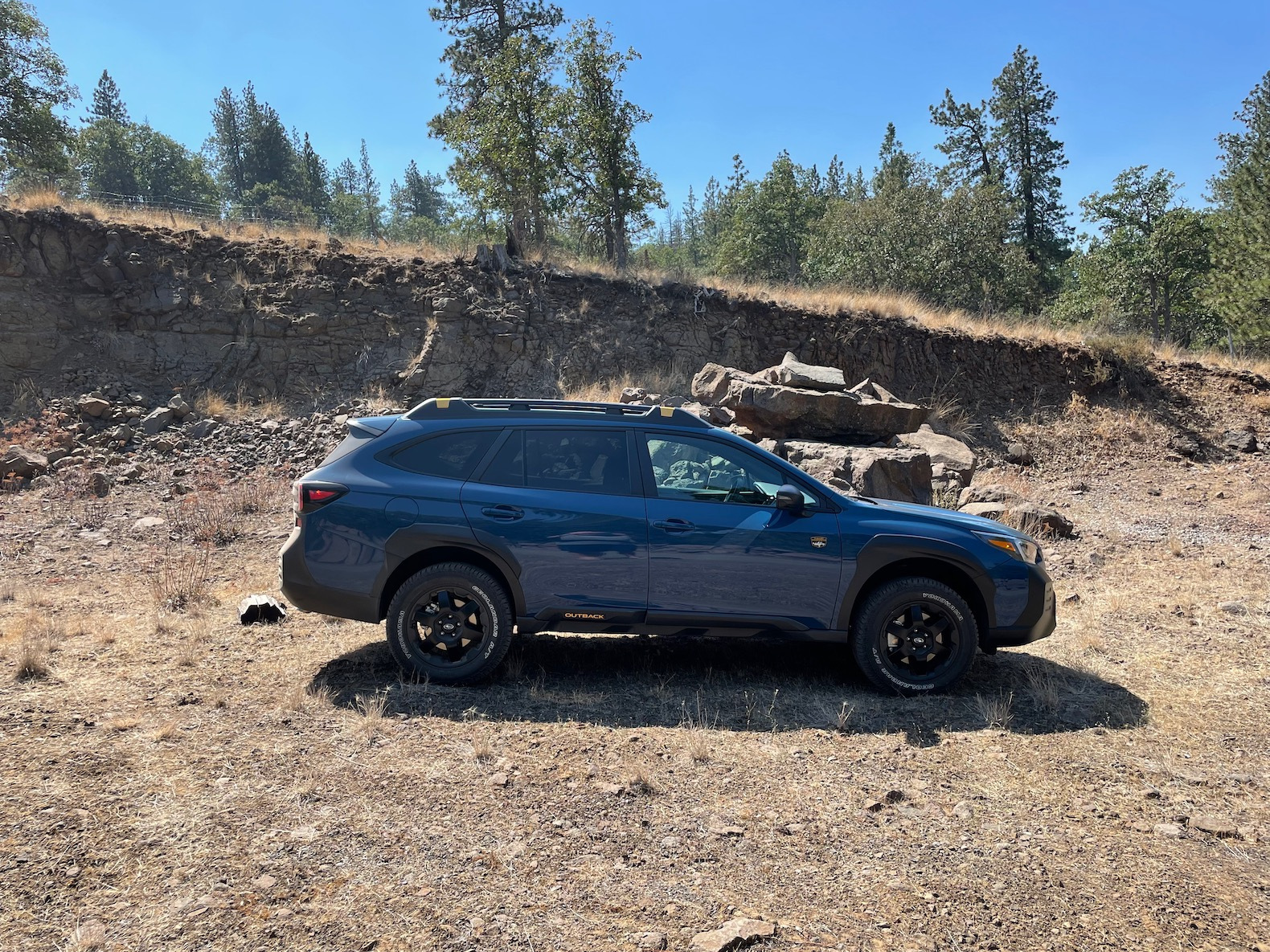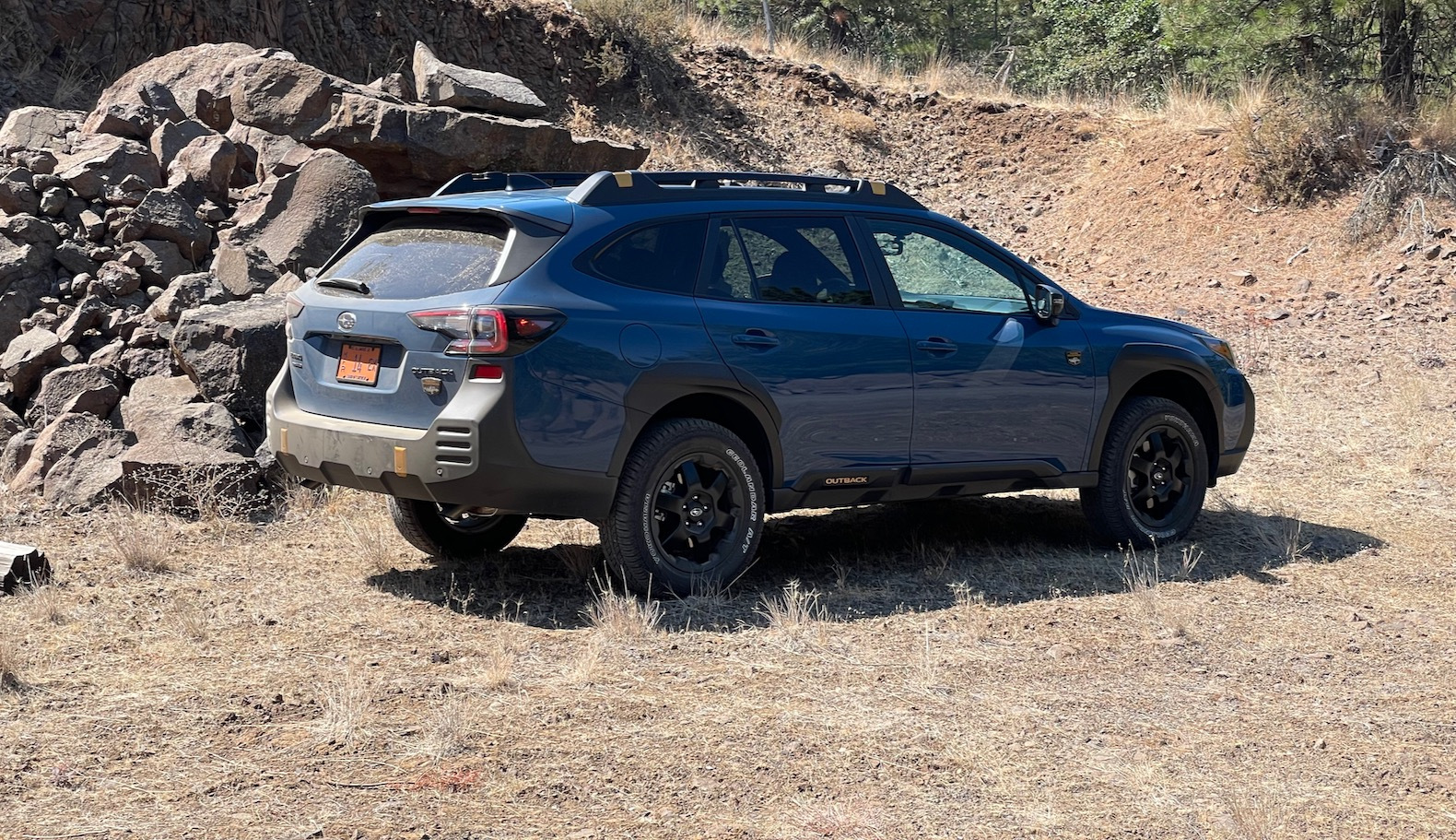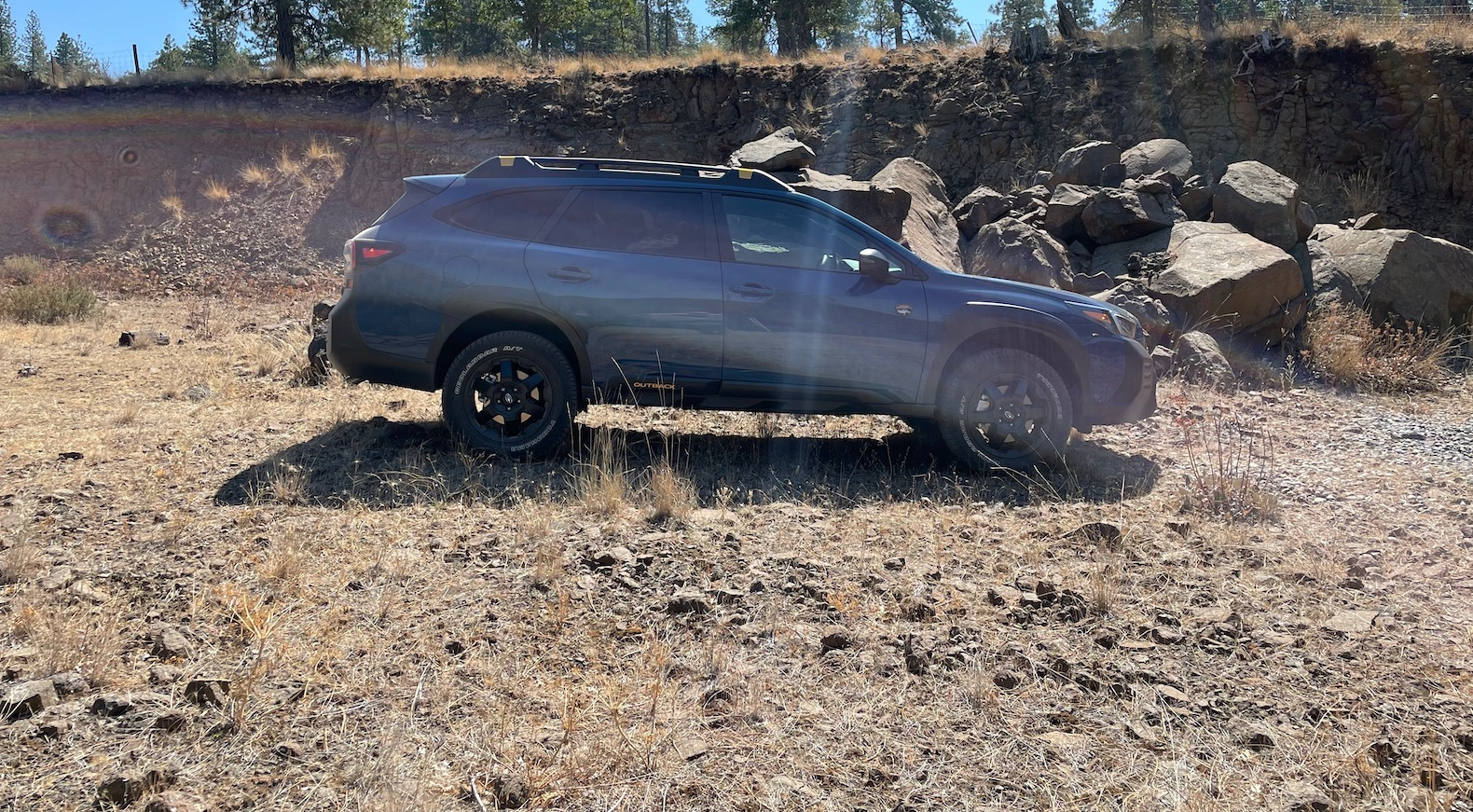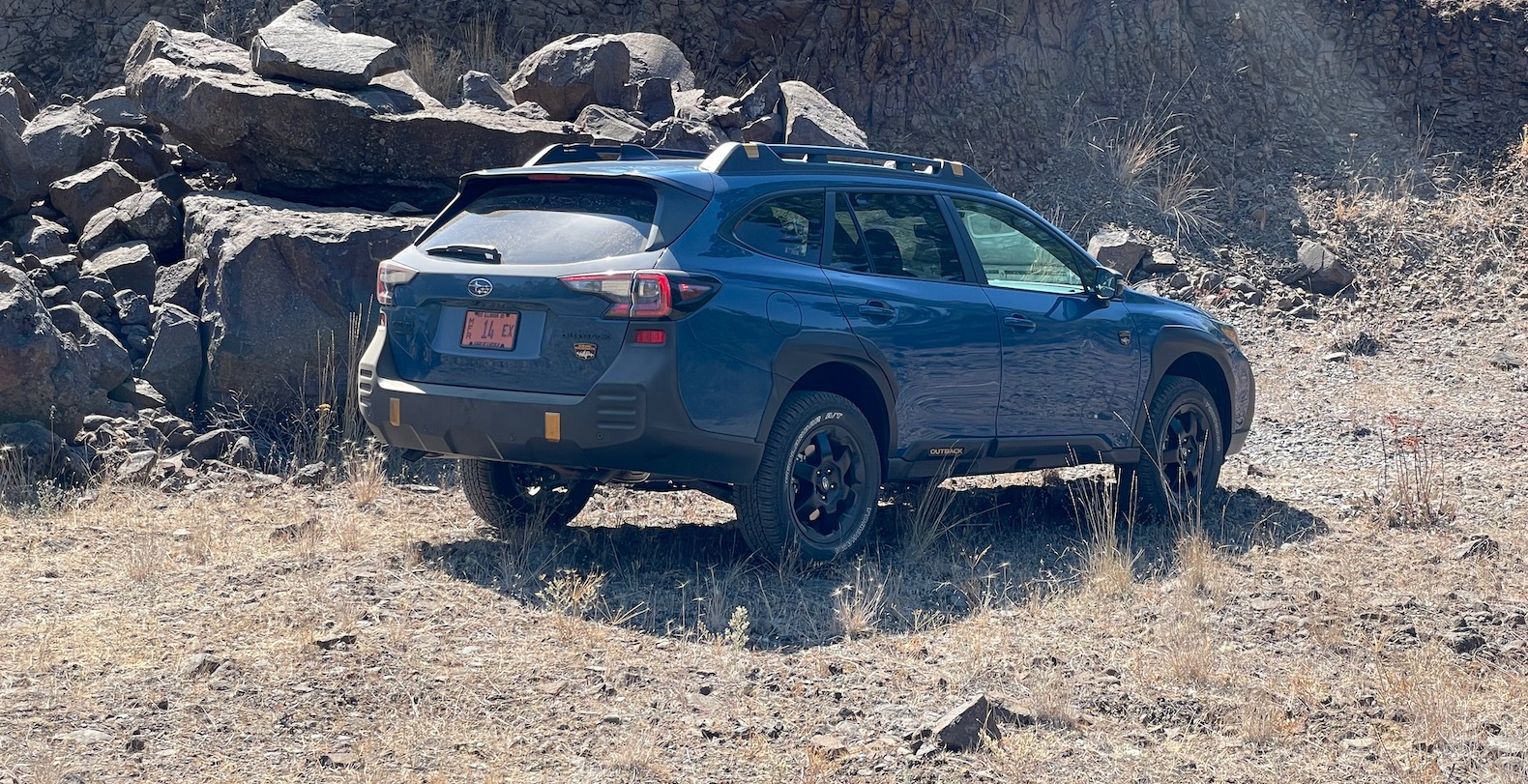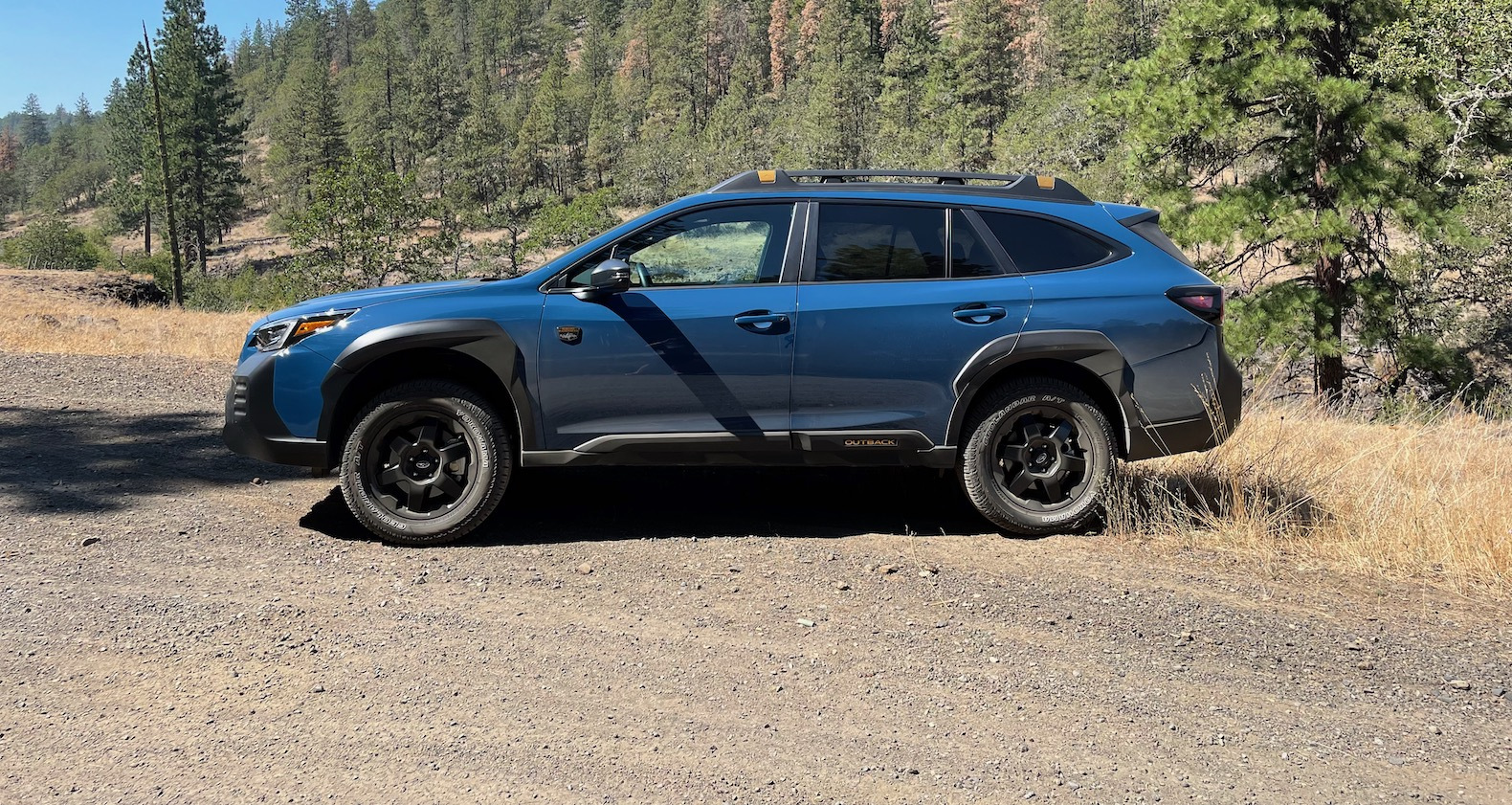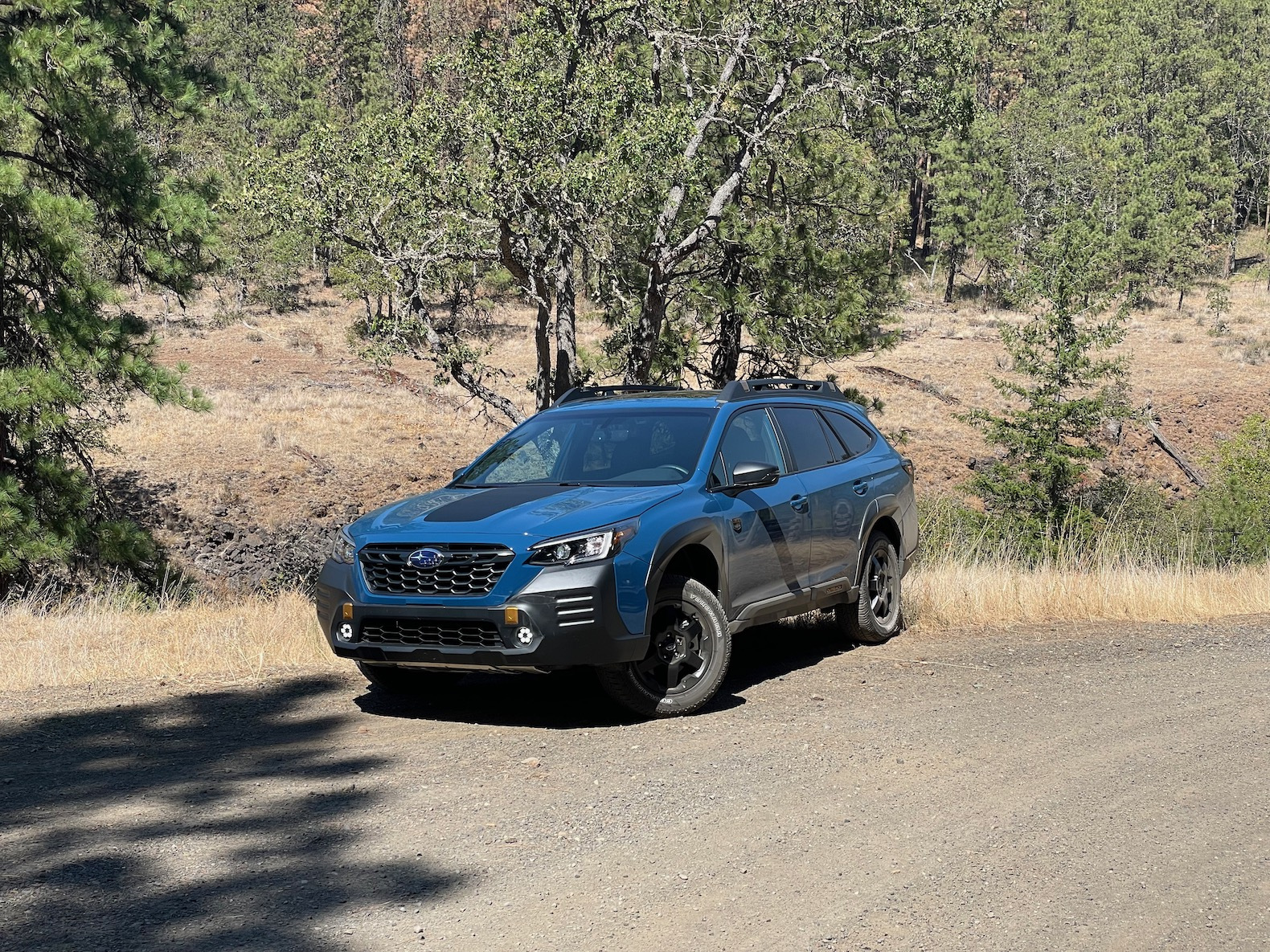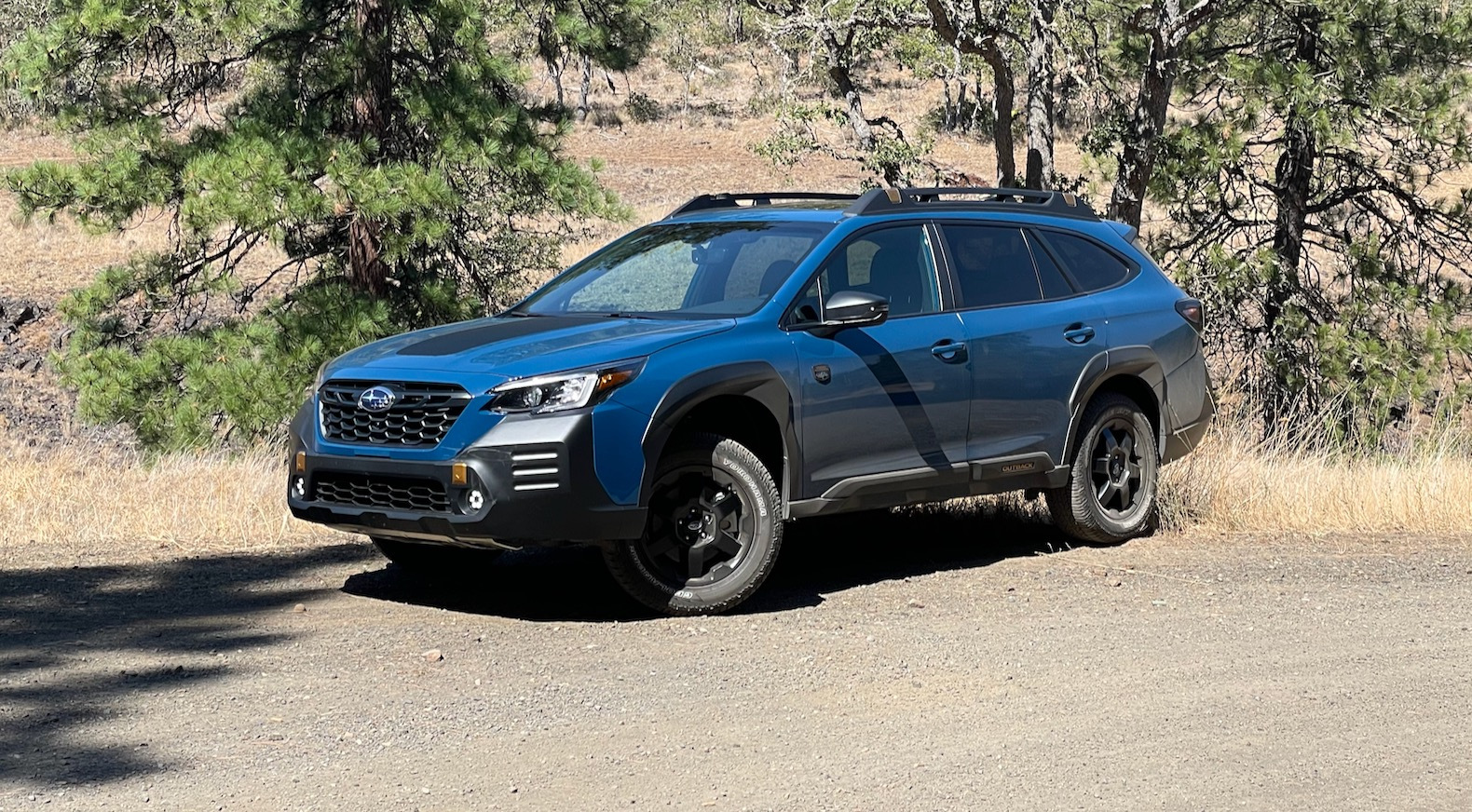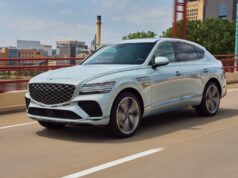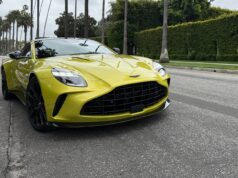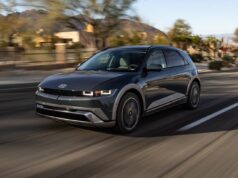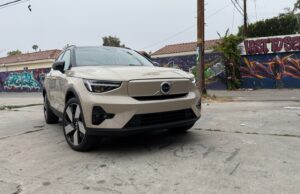The 2022 Subaru Outback doubles down on rugged credibility with the new Wilderness edition. The Outback has the wagon body and standard all-wheel drive of a crossover, paired with the increased ride height of an SUV. It’s one of the most flexible utility vehicles we recommend thanks to its space, its all-wheel traction, and its flat-4 power. Yet continues Subaru’s enviable reputation for durability and safety.
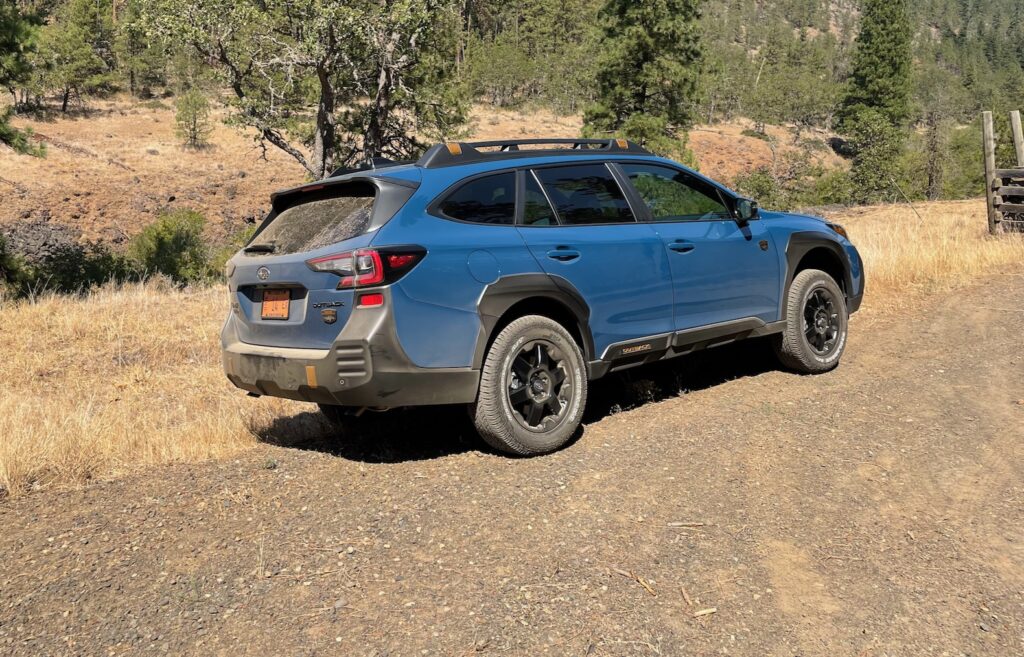
Sold in base, Premium, Limited, Touring, Onyx Edition XT, Limited XT and Touring XT trim, the Outback gains a new Wilderness edition this year with copper accents, nearly an inch more ground clearance, and a more compliant suspension as well as all-terrain tires. If you’re shopping for an Outback, its friendly but anonymous looks boil down to a few visual cues: the roof rack and the tall stance, mostly. You don’t need a car that looks fancy, just one that looks capable, and Subaru gets that. The Outback doesn’t need to look different to tell you exactly what it does. It’s refreshingly unique.
The Outback takes the stealth approach. It’s much the same as past generations of Subaru’s hallmark wagon. The latest Outback hasn’t changed much in its profile or in its details, though the new Wilderness model wears copper-colored details and black wheel-well trim. It wears some choice and flattering details, like its discreet levels of body cladding on most models, and LED headlights. The front end’s as simple as it can be, and the sweep of the lines down its side give it a faint resemblance to a hiking boot.
Base Outbacks post moderate performance, but it’s all you need. Here’s a shortcut for Subaru Outback performance: stick with the Turbo engine, and be open to adventure. Every Outback handles and rides well, but the moderate pace of the base flat-4 means you’ll want the Turbo. Each and every one has all-wheel drive; some have a more advanced traction system and higher ride height, and push the limits of what crossover SUVs can do.
The base Outback’s quick enough. With a 182-hp 2.5-liter flat-4 shared with the smaller Forester, the Outback’s 176 lb-ft of torque work hard to deliver a 0-60 mph time of about nine seconds; that’s mid-1990s muscle-car performance, if nostalgia’s your thing. The Outback has a CVT that twists out power without the rubber-band effect of similar transmissions; it comes with simulated gear changes, too, and there’s enough sound deadening to dull the engine’s roar. For more urgency, there’s a 260-hp 2.4-liter turbo-4 borrowed from the big Ascent SUV. It’s standard in the Onyx and Wilderness trims, available in the Limited and Touring. In our opinion, the Turbo isn’t an option and is the only choice.
On all Outback wagons, the suspension has been tuned for adept handling on all kinds of trails, paved and unpaved. The crossover’s front struts and rear multilink suspension grant it a ride that’s firm without the punishing feel of a bigger SUV. It corners without much body lean, despite the 8.7 inches of ground clearance that allow it to tackle muddy logging trails or lumpy dirt roads. It’s a rock star in many senses, tailored well to the kind of off-roading most of us encounter on the way to outdoor activities. If we have a complaint, it’s levied at the Outback’s light, numb steering and nonlinear brake feel.
This year’s new Wilderness model takes the Onyx trim and the turbo-4 engine, and cranks up ride height and ruggedness in the name of adventure. The Wilderness adopts a modified final-drive ratio for better low-end response and better off-the-line leap, too. It also rises to 9.5 inches of ground clearance, up 0.8 inches from other Outbacks. The suspension’s softened, which gives the Wilderness more placid ride motions, but it can float more at highway speeds, thanks to its Yokohama Geolandar all-terrain tires. Finally, its 20-degree approach angle and 23.6-degree departure angle meet up with a breakover angle of 21.2 degrees and available skid plates to cut some of the gap with true off-roaders like the Toyota 4Runner and Jeep Wrangler. It’s a better daily compromise than either of those, but it’s a compromise nonetheless.
The EPA prefers base Outbacks. According to its EPA ratings, but base models are better at the pump. The agency pegs the flat-4 Outback at 26 mpg city, 33 highway, 29 combined. Spooling up to the turbo-4 drops fuel economy to 23/30/26 mpg, and with the higher-riding Wilderness edition, it’s 22/26/24 mpg.
Crash safety is the Outback’s calling card. Exceptionally safe. The Outback earns top crash-test scores and comes with a raft of advanced safety gear. It misses a single point due to rear roof pillars that cut into outward vision. The NHTSA gives the Outback five stars overall; a four-star front-passenger impact score is tucked into that high rating. The IIHS says it’s a Top Safety Pick+. The 2022 Outback has standard all-wheel drive, automatic emergency braking, adaptive cruise control, and active lane control. Blind-spot monitors can be ordered on most models where they’re not standard, and top versions get a 180-degree front-facing camera for easier parking.
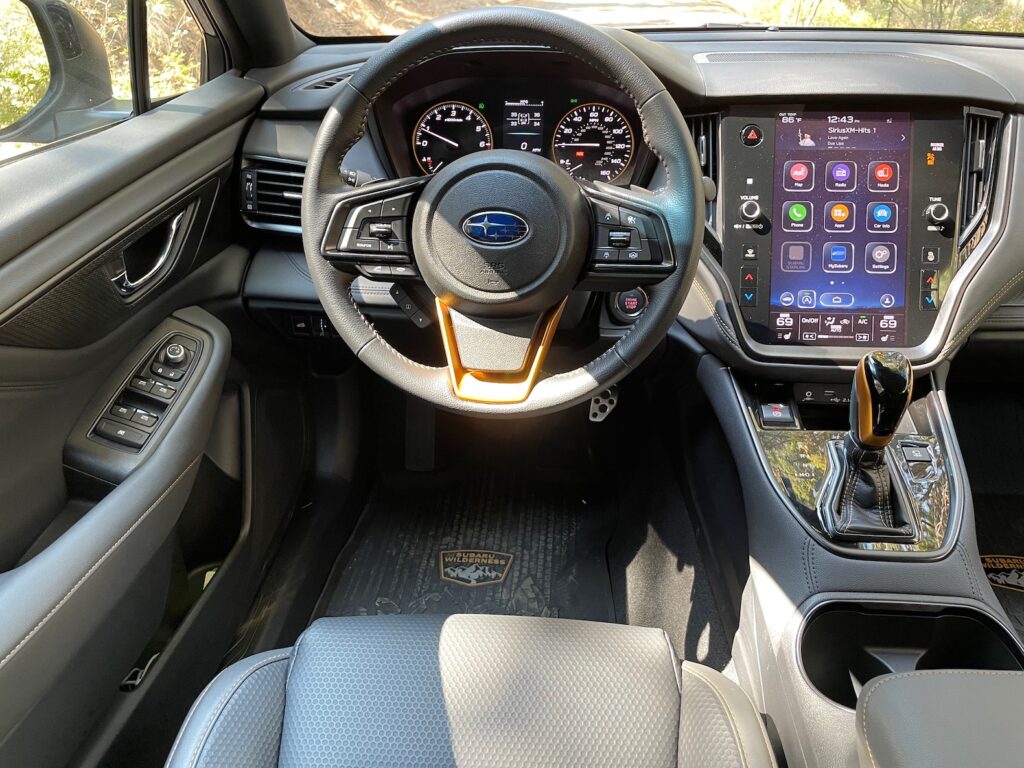
The Outback cabin stacks digital displays at its center for an updated look. Higher trim levels have a statement piece of technology, an 11.6-inch portrait-style screen. It’s the standout detail in a design that has a simple wall of controls that face the driver, and plain but effective lines that grow more handsome when clad in leather on the most expensive versions. With gradual improvements in refinement and comfort, the Subaru Outback has made great strides from its bare-bones origins. It can carry up to five passengers in comfort for long distances, and has ample space for cargo.
Those cloth-trimmed buckets in base models have all the bolstering most drivers need, but with manual adjustment. Higher-spec models add power adjustment for the driver seat, heating and cooling, and nappa leather upholstery. The Outback’s high roof guarantees head room for all but the tallest operators. The Outback interior’s composed of soft material on the dash and durable-looking fabric or plusher leather, but we’d appreciate better small-item storage. The low glove box and phone bins need rubber liners.
The Outback’s rear doors open wide to make entry for 6-foot passengers a breeze. Two broad-beam adults fit easily, but three would lead to grudge matches and jockeying for outboard positions. The rear seats fold down to turn the Outback’s 32.5 cubic feet of cargo space to more than 75 cubic feet. The load floor is flat, and the Outback has tie-down points and roof rack to expand its utility for adventurous owners; the Wilderness’ fortified roof rack holds up to 700 pounds.
The Outback’s most important feature is value. For a vehicle that sells itself as a common-sense SUV, the Outback sure comes in a lot of flavors. It’s offered in eight different trims—base, Premium, Limited, Touring, Onyx XT, Wilderness, Limited XT, and Touring XT. We like the lower-end models better for their even stronger value, but the Outback’s excellent standard equipment and touchscreens earn our recommendation on every trim. It’s an 8 for features, with points left on the table by its average warranty and options list.
Base $28,070 Outbacks have cloth upholstery, power features, LED headlights, 17-inch wheels, and twin 7.0-inch touchscreens with Apple CarPlay and Android Auto. The $30,270 Premium transplants an 11.6-inch touchscreen into the dash that’s sharp and clear. Included in the transplant, the Premium has heated front seats, better sound deadening, a power driver seat, and dual-zone climate control, with options that include a sunroof, navigation, a power tailgate, and blind-spot monitors.
If you’re set on the turbo-4 engine like us, the $36,270 Onyx XT and its blacked-out body trim and durable vinyl interior is the best value; the Onyx has 18-inch wheels and a power tailgate, too. The $38,120 Wilderness is similar, but with higher stance and all-terrain tires. The $40,995 Outback Touring XT wears Nappa leather upholstery and comes with the turbo-4 engine and a 180-degree front-end camera. It’s luxury, Subaru-style.
The Outback’s body is meant to resemble a hiking boot; the cockpit’s a plusher, quieter rendition of the crossovers of the moment, and some of the recent past. It’s not that the Subaru Outback looks out of date, or overly familiar; it’s that it doesn’t need to look any different. With Subaru, what you see is what you get, and that stands for its tall ride height, its efficiently drawn figure, and a better-finished cockpit that won’t break the bank. The 2022 Subaru Outback is all the car/wagon/SUV/mud-slinger you could every need.

